As with the Dunes, True Blue was a course that I had wanted to play on my previous 2007 Myrtle Beach trip but it somehow slipped through the cracks. I ensured that this didn’t happen again on my spring 2021 trip, telling the extremely helpful golf package operator (I think his name was Tyler(?)) that I was flexible about other courses, but I had to see True Blue and the Dunes.
I was especially interested to see True Blue because it would be the third Mike Strantz course that I’d see and there’s quite a spectrum running from subdued to severe between the other two, Caledonia and Tobacco Road. I was curious about where True Blue would fall on that spectrum. Based on pictures that I’d seen, I thought that it’d fall much closer to Tobacco Road. Like Tobacco Road, it looked like a sprawling layout, which would be a sharp contrast to the intimate Caledonia. I didn’t have as good a sense of whether the earthworks and shaping would be closer to the severity of Tobacco Road or the more restrained nature of Caledonia.
My verdict on the style of the course: a bit closer to Tobacco Road than Caledonia, but not to the extent that I expected. The scale is much closer to Tobacco Road: this is a big course with wide fairways and lots of sandy waste areas. But the features (with a few exceptions) aren’t as severe as those on Tobacco Road. I suspect that that’s probably because Tobacco Road was a site with severe ‘natural’ features, namely spoils leftover from mining. But in any case, while the scale of True Blue is obviously much larger than Caledonia, the shaping here reminded me more of it than Tobacco Road.
Overall, I really liked the course. I don’t have nearly the number of reservations about this course that I do about Tobacco Road…although I also wouldn’t say that the highs here were as high as those at Tobacco Road. This course has some very good holes, but it doesn’t have world class holes like some of Tobacco Road’s par 5s. It also has some of the same routing clunkiness of Tobacco Road, with several long green-to-tee drives and a shoehorned par 3, no. fourteen. Finally, the closing three holes are over-the-top difficult. If you have a decent round going coming off the fifteenth green, don’t expect that you’ll finish with one.
But there are several beautiful holes and I felt that the shaping throughout was very well done. While there’s a lot of trouble, the fairways and greens are large enough and their edges soft enough that you shouldn’t be regularly running into it unless you’re hitting a lot of bad shots. It’s also important that you have a good course guide here (I’d recommend buying the yardage book) because a lot of shots are visually complicated and you’ll want to view a schematic of the holes to parse everything that’s going on. Still, with the exception of a few holes, I think that it plays a bit easier than it looks.
Like Tobacco Road, True Blue starts with a fairly long par 5, although this one is substantially more generous and less confusing. It doglegs left so you want to keep it up the left side and the only real trouble should come from getting too greedy with this. But if you bail out right, it’s a very long hole. While the bunkers are dramatic in typical Strantz fashion, I loved the simple shaping of the green complex, which was the first hint that I might not be playing Tobacco Road 2.
I was especially interested to see True Blue because it would be the third Mike Strantz course that I’d see and there’s quite a spectrum running from subdued to severe between the other two, Caledonia and Tobacco Road. I was curious about where True Blue would fall on that spectrum. Based on pictures that I’d seen, I thought that it’d fall much closer to Tobacco Road. Like Tobacco Road, it looked like a sprawling layout, which would be a sharp contrast to the intimate Caledonia. I didn’t have as good a sense of whether the earthworks and shaping would be closer to the severity of Tobacco Road or the more restrained nature of Caledonia.
My verdict on the style of the course: a bit closer to Tobacco Road than Caledonia, but not to the extent that I expected. The scale is much closer to Tobacco Road: this is a big course with wide fairways and lots of sandy waste areas. But the features (with a few exceptions) aren’t as severe as those on Tobacco Road. I suspect that that’s probably because Tobacco Road was a site with severe ‘natural’ features, namely spoils leftover from mining. But in any case, while the scale of True Blue is obviously much larger than Caledonia, the shaping here reminded me more of it than Tobacco Road.
Overall, I really liked the course. I don’t have nearly the number of reservations about this course that I do about Tobacco Road…although I also wouldn’t say that the highs here were as high as those at Tobacco Road. This course has some very good holes, but it doesn’t have world class holes like some of Tobacco Road’s par 5s. It also has some of the same routing clunkiness of Tobacco Road, with several long green-to-tee drives and a shoehorned par 3, no. fourteen. Finally, the closing three holes are over-the-top difficult. If you have a decent round going coming off the fifteenth green, don’t expect that you’ll finish with one.
But there are several beautiful holes and I felt that the shaping throughout was very well done. While there’s a lot of trouble, the fairways and greens are large enough and their edges soft enough that you shouldn’t be regularly running into it unless you’re hitting a lot of bad shots. It’s also important that you have a good course guide here (I’d recommend buying the yardage book) because a lot of shots are visually complicated and you’ll want to view a schematic of the holes to parse everything that’s going on. Still, with the exception of a few holes, I think that it plays a bit easier than it looks.
Like Tobacco Road, True Blue starts with a fairly long par 5, although this one is substantially more generous and less confusing. It doglegs left so you want to keep it up the left side and the only real trouble should come from getting too greedy with this. But if you bail out right, it’s a very long hole. While the bunkers are dramatic in typical Strantz fashion, I loved the simple shaping of the green complex, which was the first hint that I might not be playing Tobacco Road 2.
Two is a short par 4 that’s a bit confusing off the tee and like several other holes here that I’d describe similarly, you should do the simplest thing off the tee: hit to the part of the fairway that you can see most clearly. It’s important to get near the end of the fairway because if you’re short off the tee, you’ll have a bad angle into the skinny green over a live oak tree. I thought that the green was a bit too narrow and awkwardly shaped but again, the shaping is very nice.
The island green par 3 third is just too difficult, especially if you play one of the two back sets of tees, which are ~160-170 and have trees encroaching on the right. The green is too narrow and because of the built-up front, you can’t see how much depth there is on the right, making it even more intimidating. I much preferred Tobacco Road’s difficult water par 3 no. fourteen…at least you can see everything that’s going on.
I’ve seen the par 5 fourth referred to as one of True Blue’s best holes but I think that it’s also a bit too difficult. It’s similar in shape to the par 5 fourth at Tobacco Road, but the obvious difference is that this time it’s water rather than sand. It’s also much easier to run into junk right off the tee because the waste bunker/trees cut in and narrow the fairway. The layup area is narrower than Tobacco Road’s as you come closer to the green and again, the penalty is more severe. The final approach into the green is similar but there’s less short grass around the green here. Interesting hole, but a bit too much.
The long par 4 fifth is, on the other hand, interesting and not too much. I’d argue that this is True Blue’s best hole.
The straight line to the green is over the bunker on the left and while there’s plenty of room to the right, you’ll want to carry as much of the bunker as you can to shorten the approach and leave a better angle. I thought that the green was the course’s best; large and open from the left side, but with a high shoulder at the front left that allows you to feed low shots to back hole locations and can help contain approaches from the right side of the fairway. The simple strategy and meaningful yet subdued shaping reminded me of Caledonia and many other courses that I like.
The straight line to the green is over the bunker on the left and while there’s plenty of room to the right, you’ll want to carry as much of the bunker as you can to shorten the approach and leave a better angle. I thought that the green was the course’s best; large and open from the left side, but with a high shoulder at the front left that allows you to feed low shots to back hole locations and can help contain approaches from the right side of the fairway. The simple strategy and meaningful yet subdued shaping reminded me of Caledonia and many other courses that I like.
I didn’t get a picture of the drive on the medium-length par 4 sixth, which could have used some tree clearing. There are two greens; on the right making the hole a shorter dogleg right and on the left making it straight away. We played to the left green which was a nice shot but the one on the right looked good too. Just cut some trees down between the tee and the fairway.
Seven is a very nice ~170 yard par 3 to a skinny green that runs uphill from short-left to long-right. It’s best to always hedge a little short and left here as that leaves you more room and an uphill putt (or chip).
Like two, eight is a complicated shorter par 4 where you should do the simple thing and hit it down the part of the fairway that you can see. Again like two, the hole turns to the right although this time the green is much larger.
One of my criticisms of Tobacco Road is that the course isn’t super hard for low handicaps but is absolute hell for high handicaps. This is true of True Blue’s back-to-back par 5s nine and ten (and a few other holes) as well. Both have wide fairways but unless you make a decent carry, you get handcuffed by junk crossing the fairway on your approach and if you mishit shots, it can be difficult to make those carries.
But nine is a very good hole for a good player because it’s reachable, yet the green is very difficult to hit unless you’ve hit a long drive in the right position. I hit a long drive, but a bit to the left of where I wanted. I had a reachable distance (~240) to the green but because it’s well protected on the left, I didn’t think I could carry and hold it. But that still leaves something to do; play a little short right of the green and you have an easy pitch on.
But nine is a very good hole for a good player because it’s reachable, yet the green is very difficult to hit unless you’ve hit a long drive in the right position. I hit a long drive, but a bit to the left of where I wanted. I had a reachable distance (~240) to the green but because it’s well protected on the left, I didn’t think I could carry and hold it. But that still leaves something to do; play a little short right of the green and you have an easy pitch on.
Ten is very similar to nine except that you want to be in the far left of the layup zone to set up the angle rather than the far right. Like five, some shaping at the front left of the green can help contain shots play from the wrong angle.
My biggest criticism of True Blue is of its set of par 3s—they’re too difficult. The greens on three, here at eleven, and fourteen are too skinny for their length (here ~180) and surrounded by difficulty. I don’t mind the narrow-but-deep two-tiered green here, it’d just be better for a hole that’s 30-40 yards shorter.
The next two holes are very good medium-length par 4s. The driving hazard on twelve is up the right and a green that opens up from that side. Thirteen is a bit more visually complicated, with a diagonal bunker up the left that obscures most of the fairway. You’re better off the more of this you carry than if you drive it to the right, although that’s mostly because a drive of the right can have tree trouble on the approach.
As mentioned, fourteen is another skinny green par 3. It’s pretty easy if the pin is in the front section but not if it’s in the back as it was on this day.
But the bigger flaw with fourteen is how it fits in the routing. This hole starts near the thirteenth green but plays in the opposite direction of the fifteenth tee. So you play the hole, then drive back to the tee and progress on in a straight line from the thirteenth green to the fifteenth tee. I’m sure that Strantz could have come up with something better.
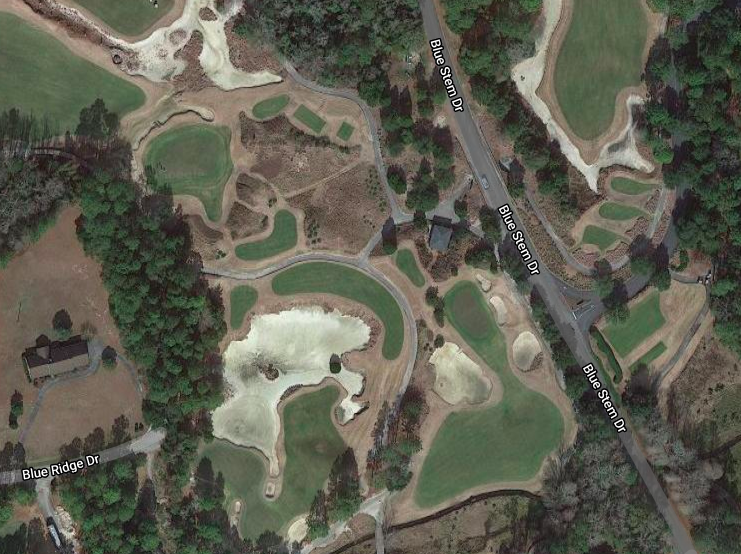
It's a bit hard to tell what's going on here, but the thirteenth green is top-left, the fourteenth green below it bottom-left, and the fifteenth tee is center right playing out the top right. The green in the center of the frame is the ninth. Perhaps that hole should have played up the current corridor of fourteen and fourteen could have played to near that green site.
Fifteen is another long par 5 and it’s very good from tee-to-green. The best drive here will skirt the waste bunker that cuts into the fairway on the left about 270 from the second-to-back tees.
This is one hole that you need to have played at least once to have a sense of what to do. It’s very important to leave yourself a yardage that you’re very comfortable with for your third because the green is shallow and it’s almost impossible to leave yourself an angle that significantly deepens the green (left side is better, but only if the pin is back right). There’s a pretty steep false front and it’s very difficult to hit and hold the green unless you put pretty good spin on the ball.
This is one hole that you need to have played at least once to have a sense of what to do. It’s very important to leave yourself a yardage that you’re very comfortable with for your third because the green is shallow and it’s almost impossible to leave yourself an angle that significantly deepens the green (left side is better, but only if the pin is back right). There’s a pretty steep false front and it’s very difficult to hit and hold the green unless you put pretty good spin on the ball.
The last three holes are very tough with too much water in play. The par 3 sixteenth green is large but it’s a pretty long hole for most. It might not be a bad idea to move up a set of tees here.
That’s not a bad idea on seventeen either, although it’d also make it easier to run through the fairway into the water on the right. This is a very tough driving hole because you can’t see the shoreline on the right and it’s difficult to know which line to pick. As on many other holes, it’s really helpful to have the yardage guide here. The approach is all-carry and unless you’ve hit a good drive, it’d be advisable to play out to the left.
Like nine and ten, eighteen is a bit of a mirror image of seventeen, with the water up the left. I wouldn’t mess with the left side too much here. The green is large and deep and because I was having a neurotic meltdown with my shooting, I forgot to take a picture of the approach. But you’ve probably seen it in a golf magazine anyway.
While I think that stylistically True Blue falls somewhere between Caledonia and Tobacco Road, I think that it’s best to compare it to Tobacco Road. It doesn’t have the space constraints that Caledonia has which enabled Strantz more latitude to do what he wished rather than what would fit.
And as I said in my Caledonia review, I think that those space constraints may have helpfully restrained Strantz because here as at Tobacco Road, when given the space, he seemed to have a penchant to overdo things. Several holes here are a bit too difficult, with greens that are too narrow or too much water in play. The course would be fine with half the amount of sand.
But in some important aspects, True Blue is less overdone than Tobacco Road. I much prefer the shaping, or at least how the land is used, here. I’m not sure exactly what at Tobacco Road is shaping and what was the site that Strantz got, but in any case several holes there are very overdone. I thought that Strantz’s greens shaping here fit in very nicely with the surroundings for the most part and I’ve highlighted several examples of that. There’s also far less blindness at True Blue.
And while I’ve complained about a few of True Blue’s greens being too narrow (especially on the par 3s), this is far less of a problem than at Tobacco Road, where you have numerous greens that are very skinny and very wide with poor visibility to several parts, making it very difficult to know how to even try to play your shot. That’s not an issue here; here you’re at least given a good sense of how you should try to approach the greens.
These issues plus the routing being less cohesive than I suspect it could have been result in a course that’s a bit short of great. But it’s certainly very good. I suspect that it’d be a solid choice for the 80-100 range of a US top 100 public courses list. It was a solid 3rd for me in Myrtle Beach; more interesting than the Dunes, but held back by some flaws and excesses. Still, if you’re in Myrtle Beach, True Blue is definitely worth playing.
And as I said in my Caledonia review, I think that those space constraints may have helpfully restrained Strantz because here as at Tobacco Road, when given the space, he seemed to have a penchant to overdo things. Several holes here are a bit too difficult, with greens that are too narrow or too much water in play. The course would be fine with half the amount of sand.
But in some important aspects, True Blue is less overdone than Tobacco Road. I much prefer the shaping, or at least how the land is used, here. I’m not sure exactly what at Tobacco Road is shaping and what was the site that Strantz got, but in any case several holes there are very overdone. I thought that Strantz’s greens shaping here fit in very nicely with the surroundings for the most part and I’ve highlighted several examples of that. There’s also far less blindness at True Blue.
And while I’ve complained about a few of True Blue’s greens being too narrow (especially on the par 3s), this is far less of a problem than at Tobacco Road, where you have numerous greens that are very skinny and very wide with poor visibility to several parts, making it very difficult to know how to even try to play your shot. That’s not an issue here; here you’re at least given a good sense of how you should try to approach the greens.
These issues plus the routing being less cohesive than I suspect it could have been result in a course that’s a bit short of great. But it’s certainly very good. I suspect that it’d be a solid choice for the 80-100 range of a US top 100 public courses list. It was a solid 3rd for me in Myrtle Beach; more interesting than the Dunes, but held back by some flaws and excesses. Still, if you’re in Myrtle Beach, True Blue is definitely worth playing.
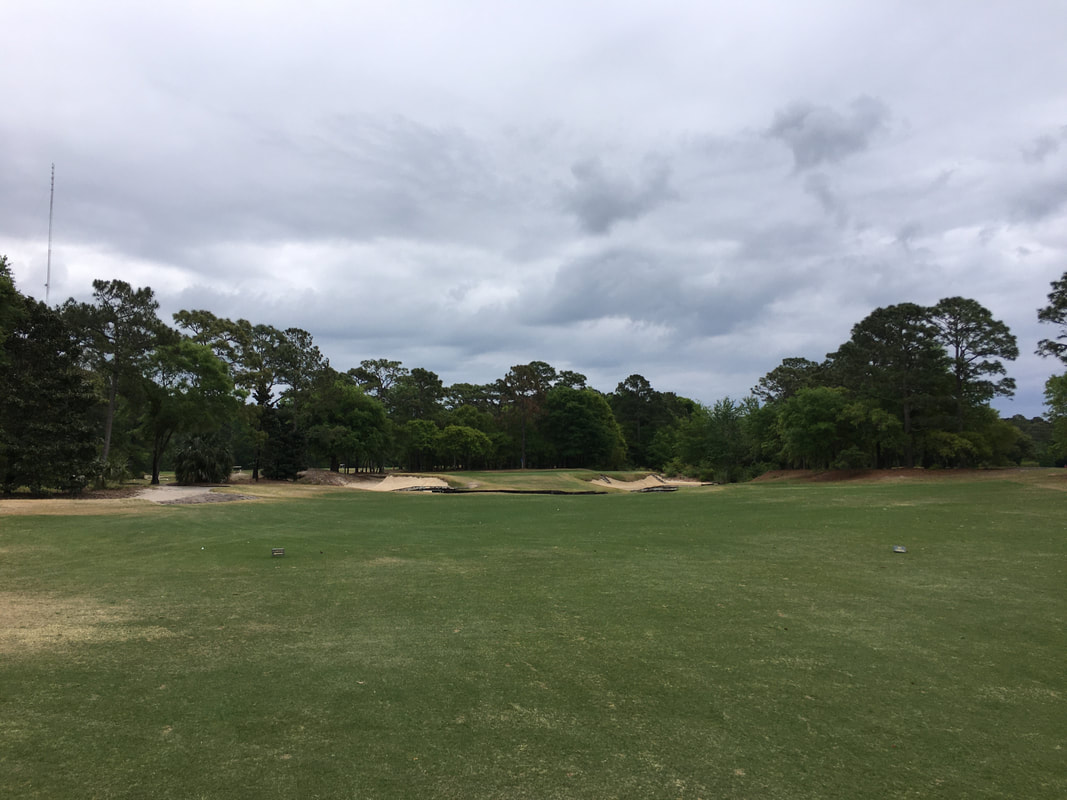
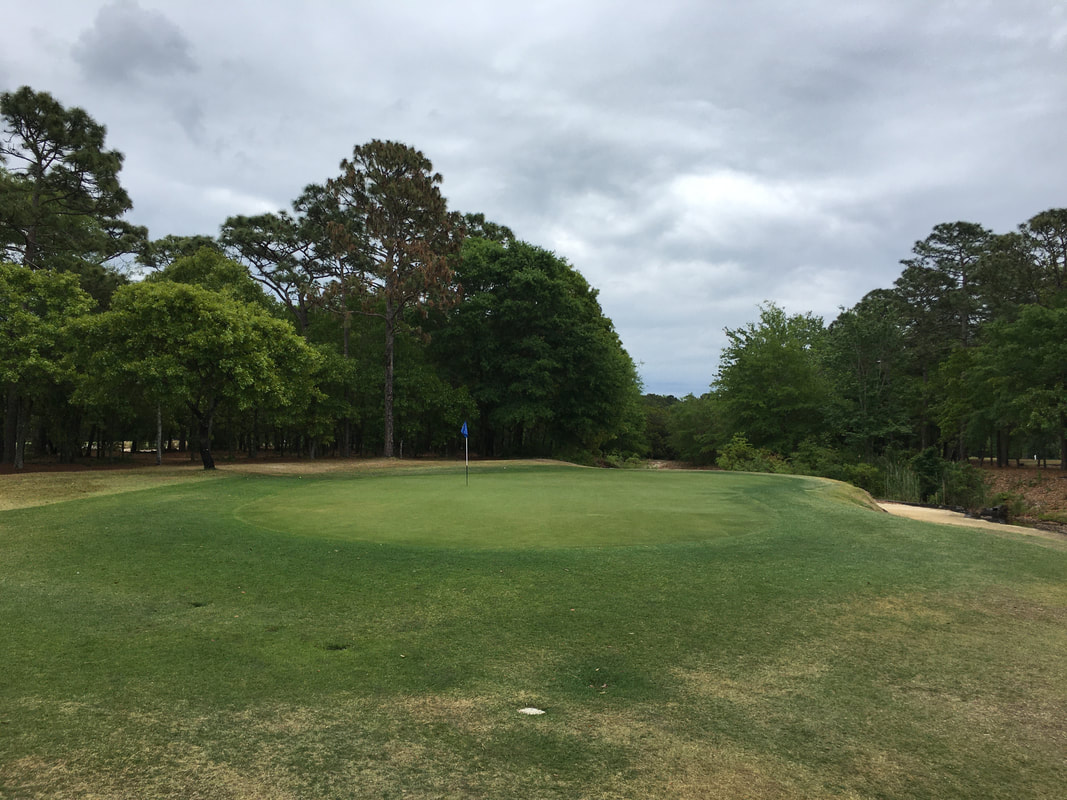

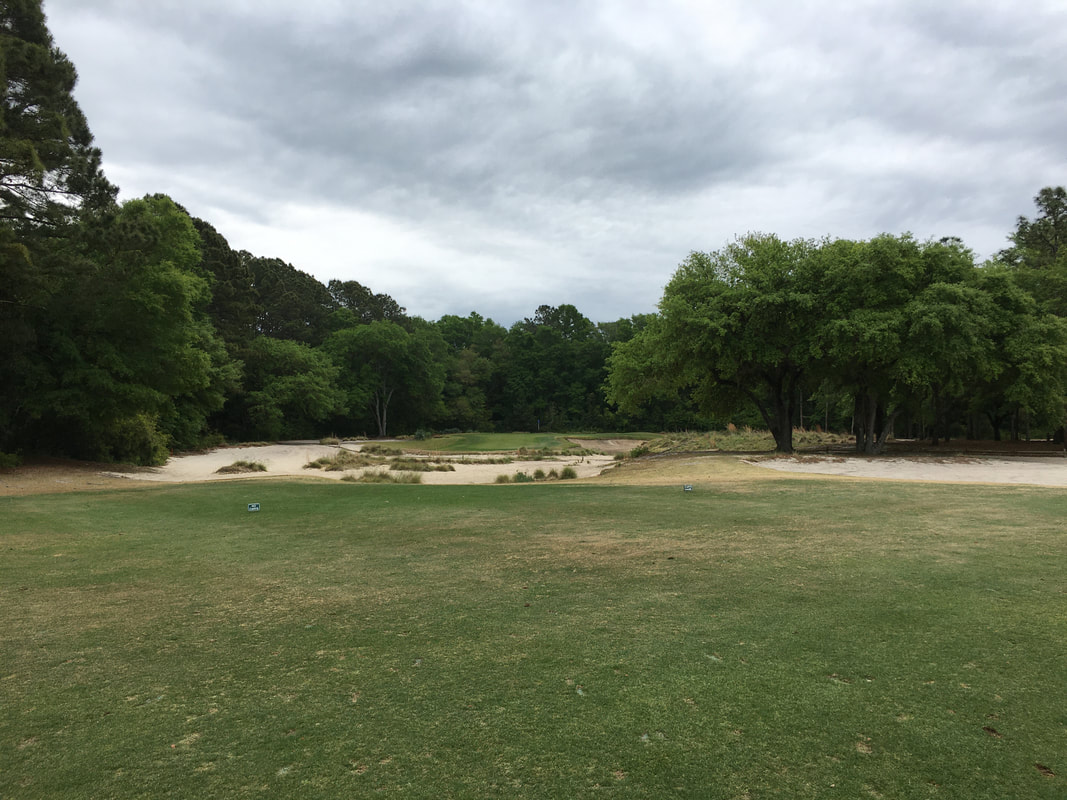
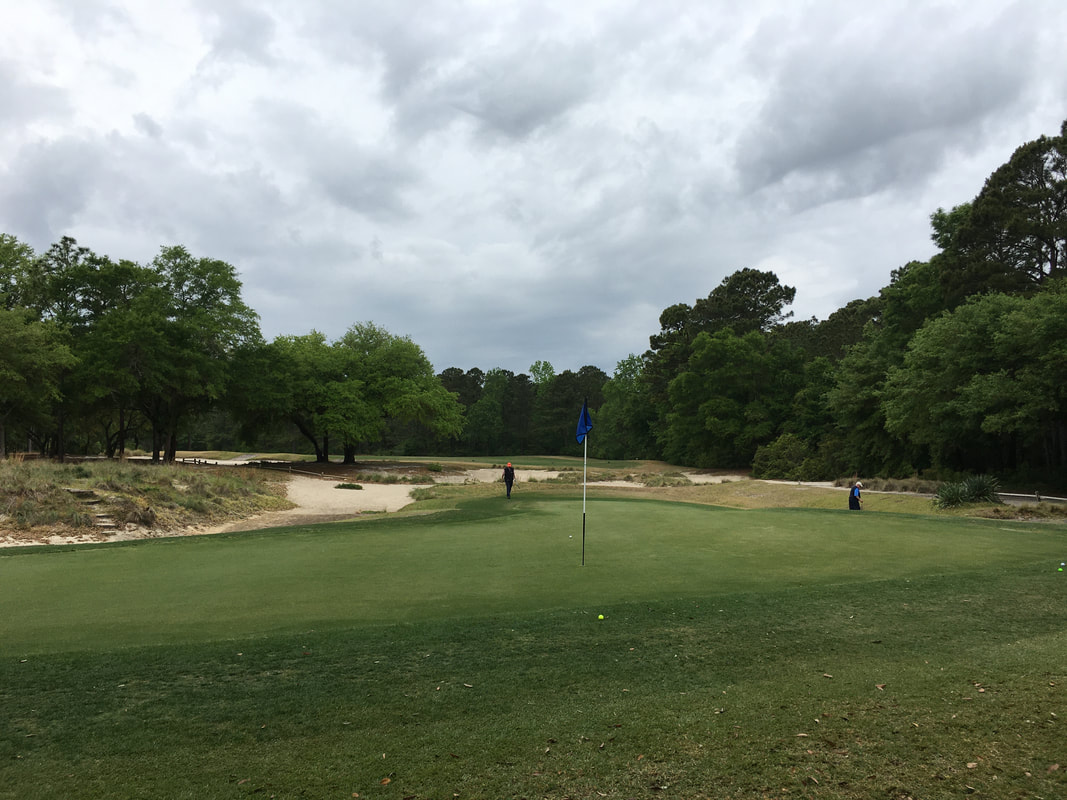
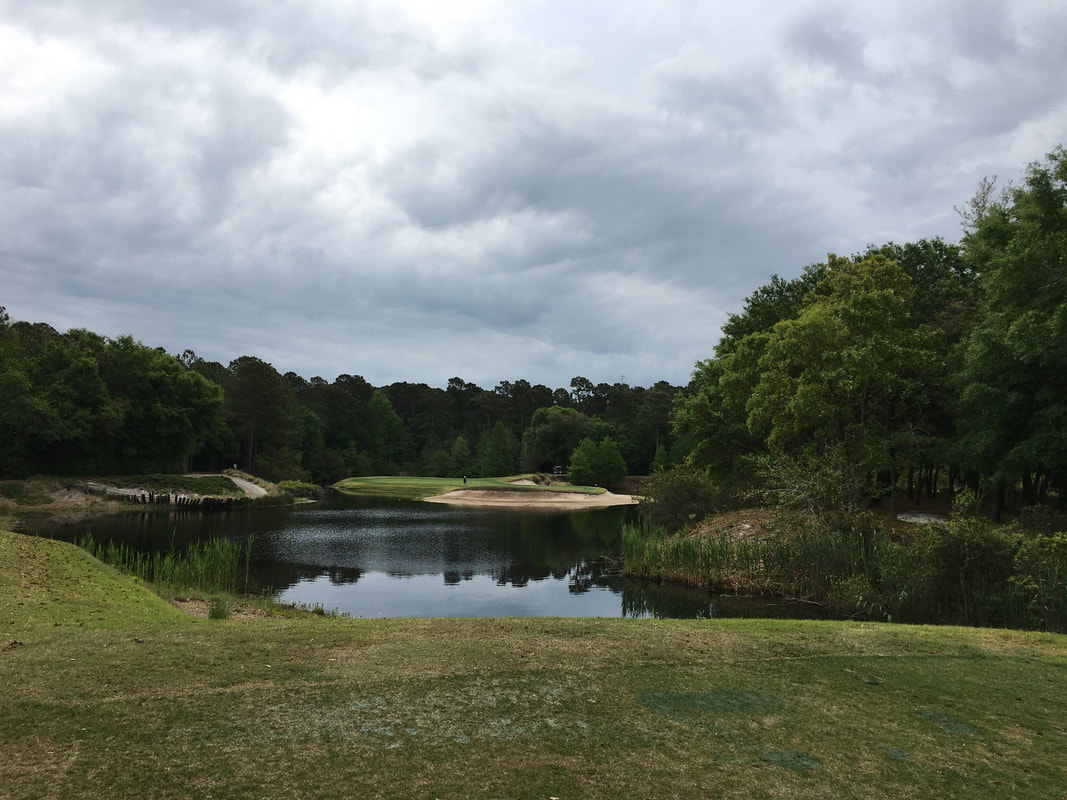

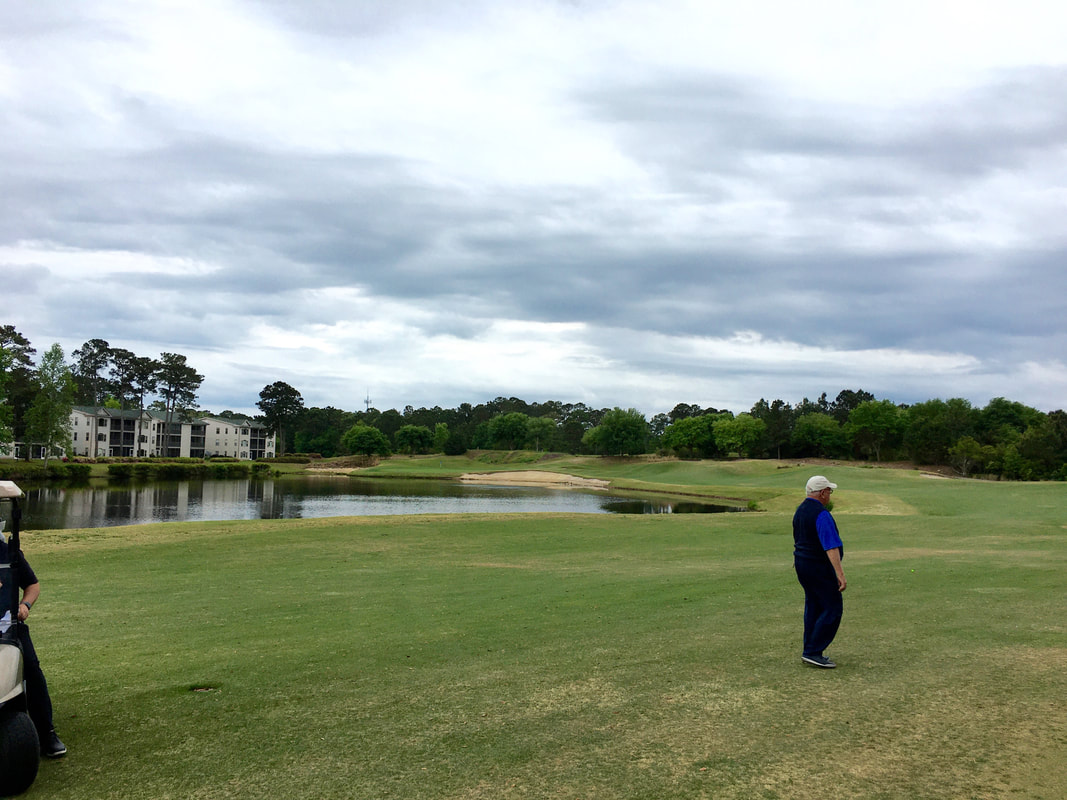
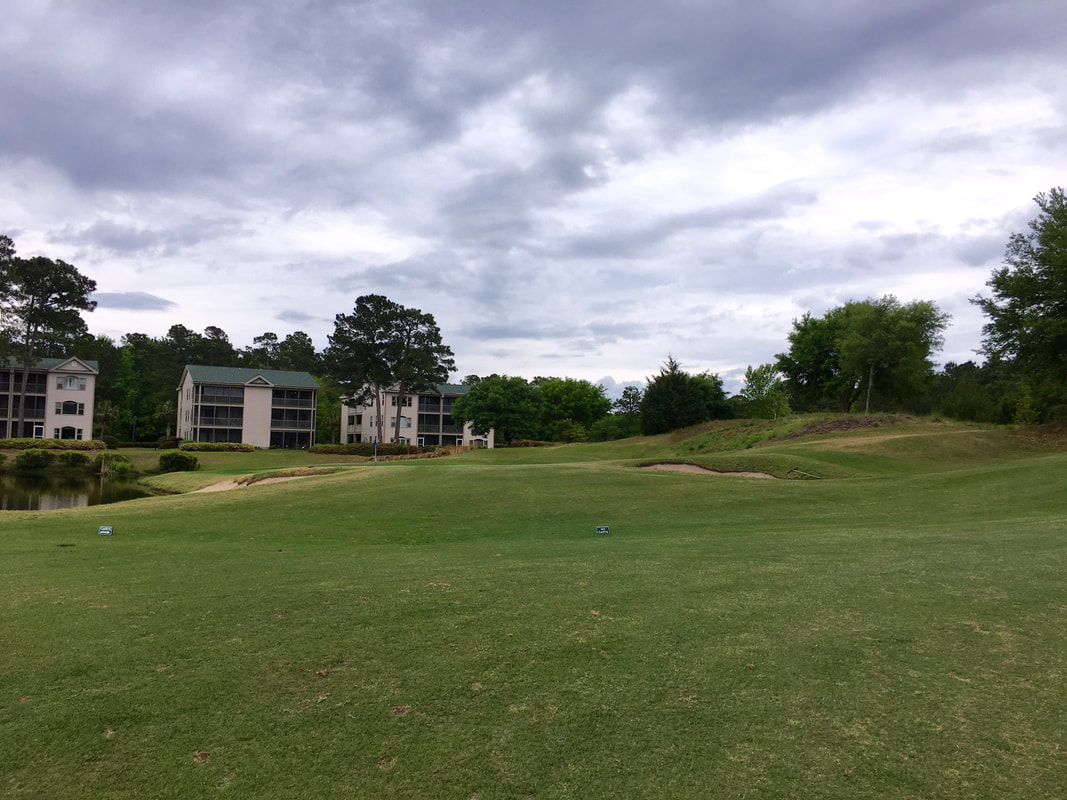
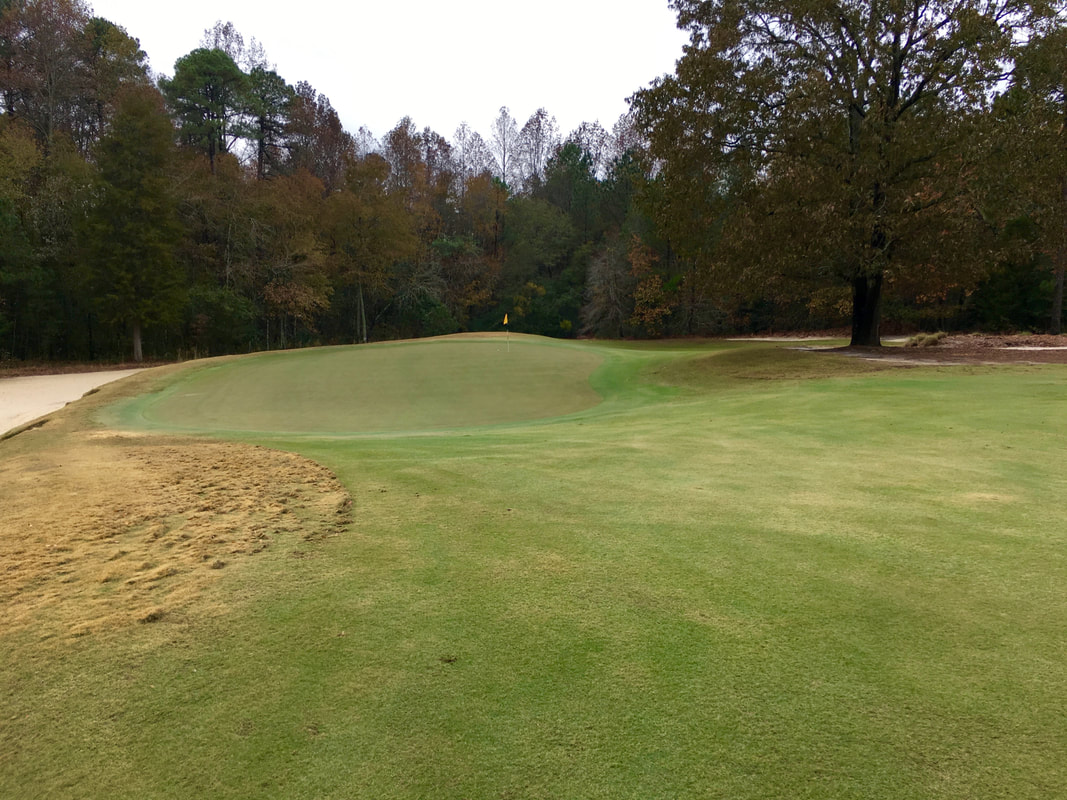
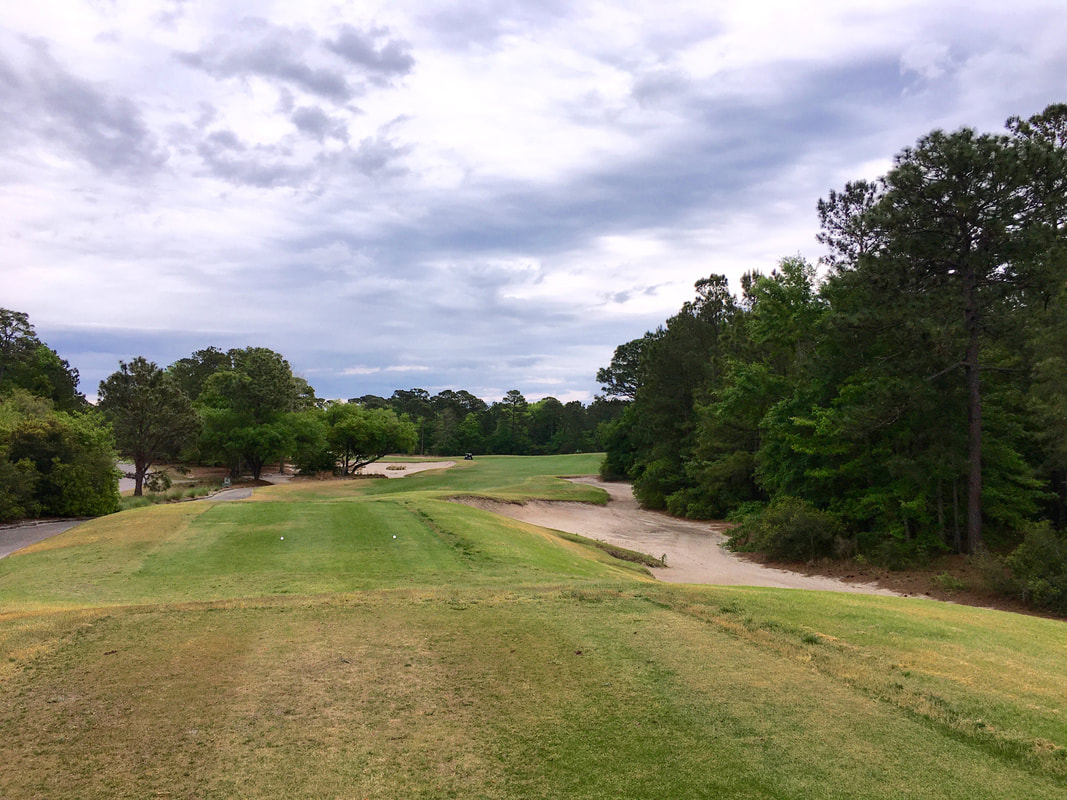
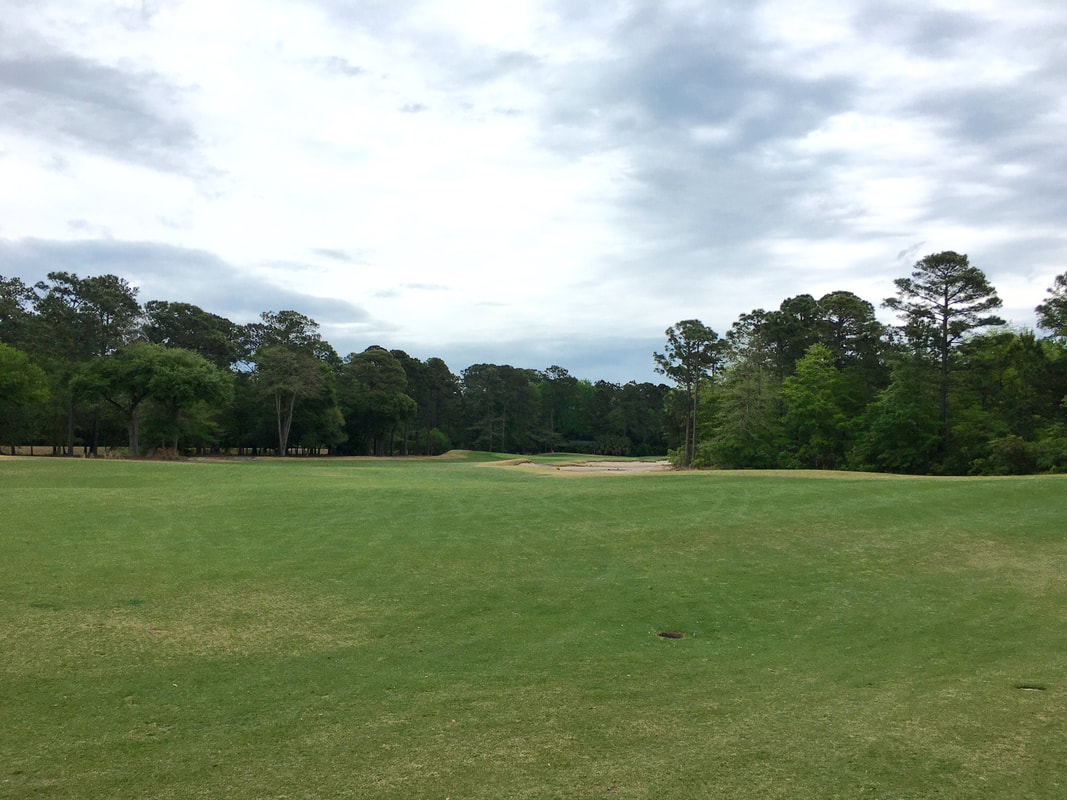
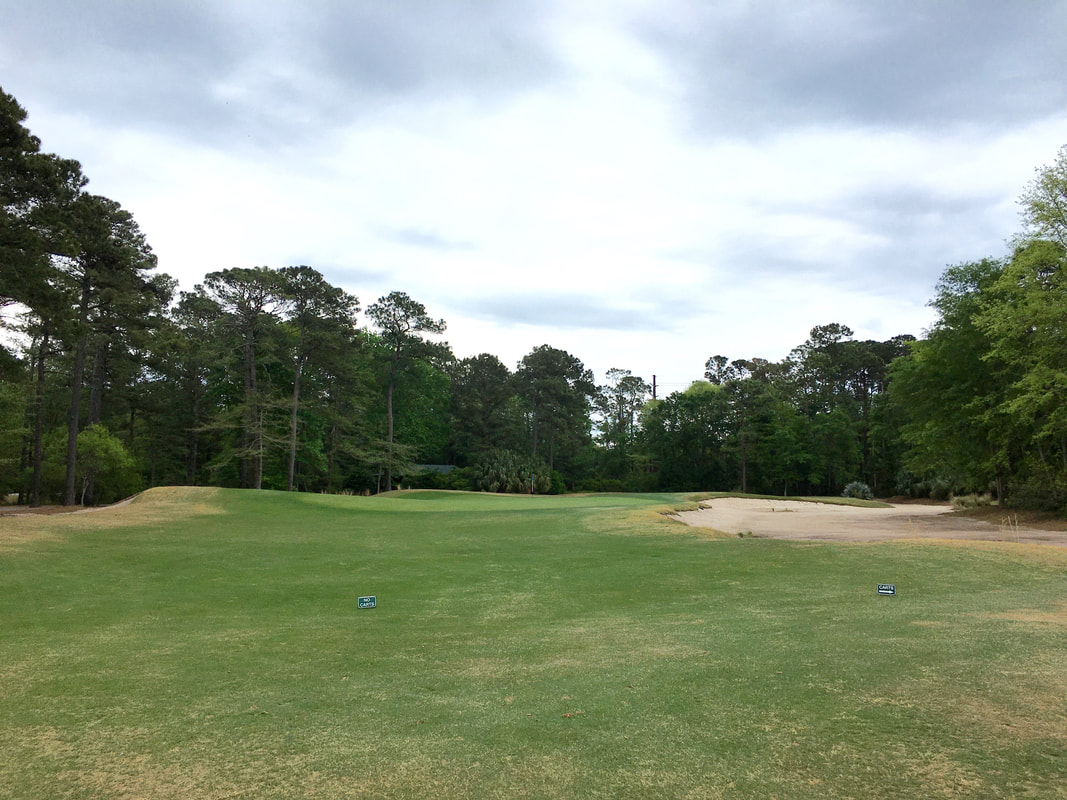
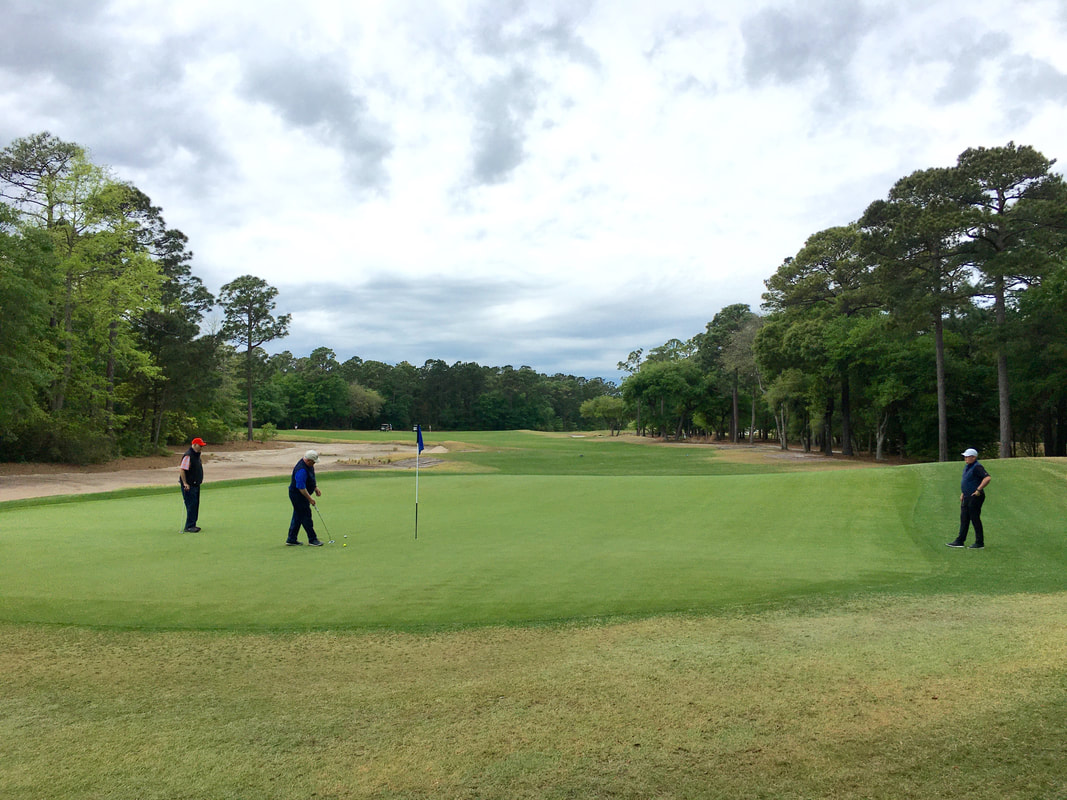
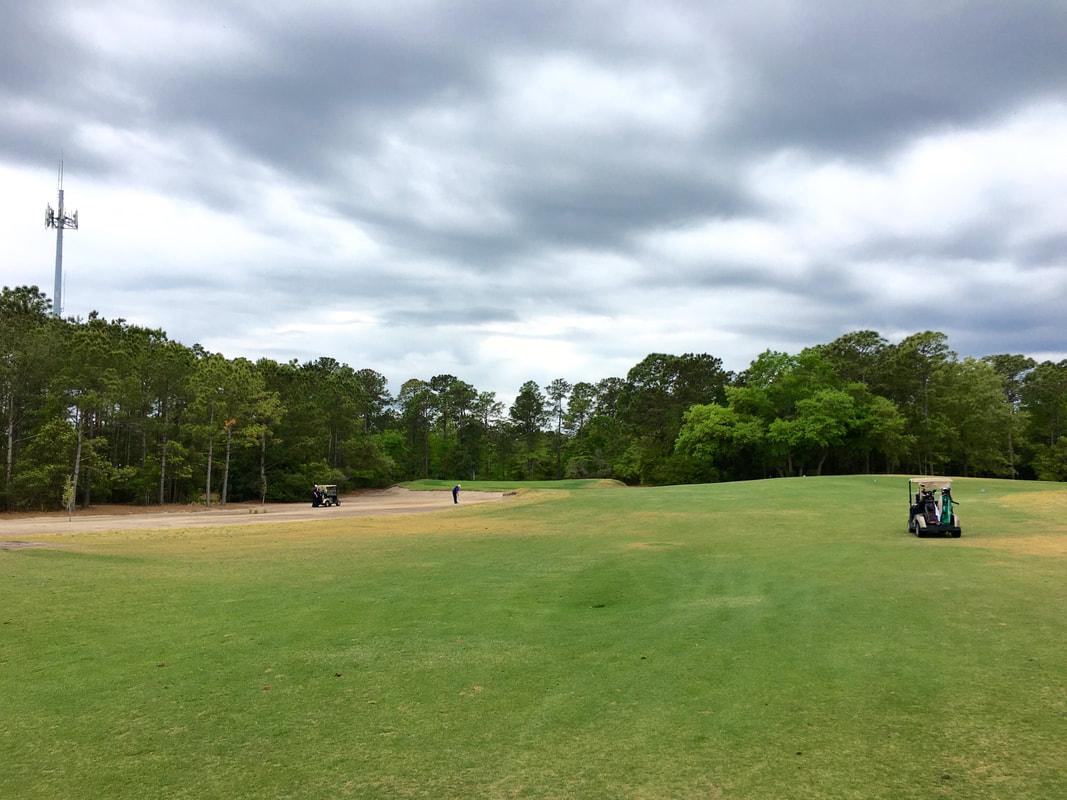
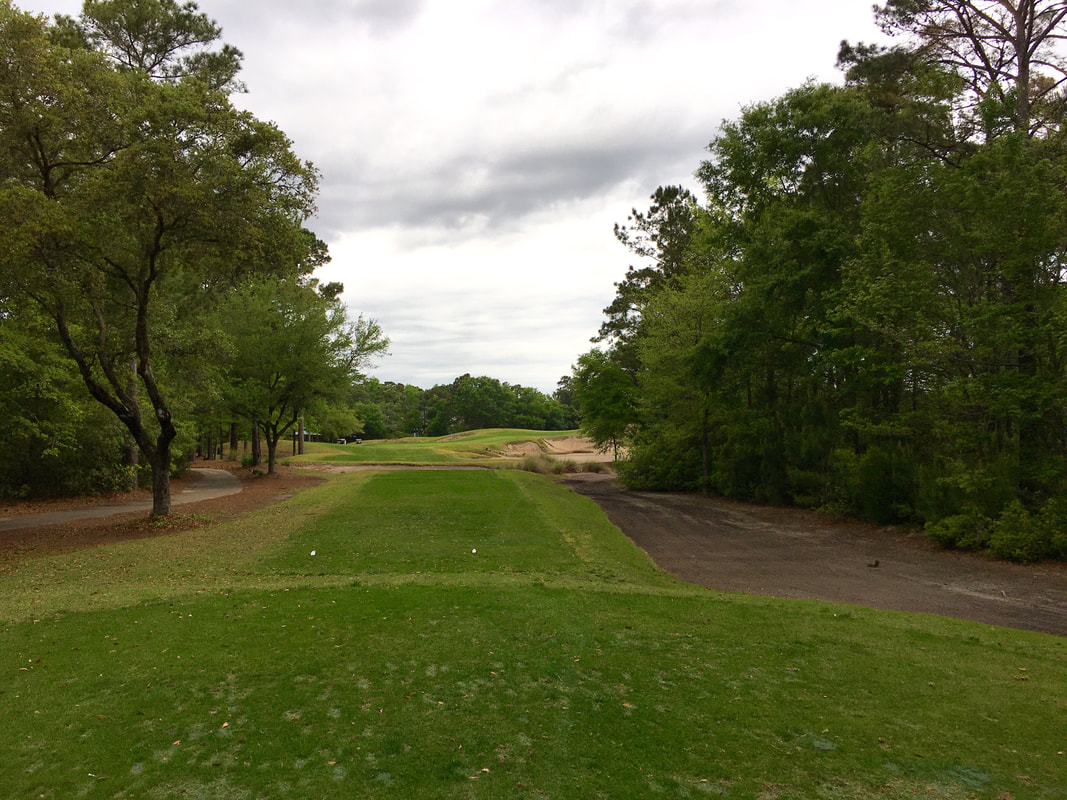
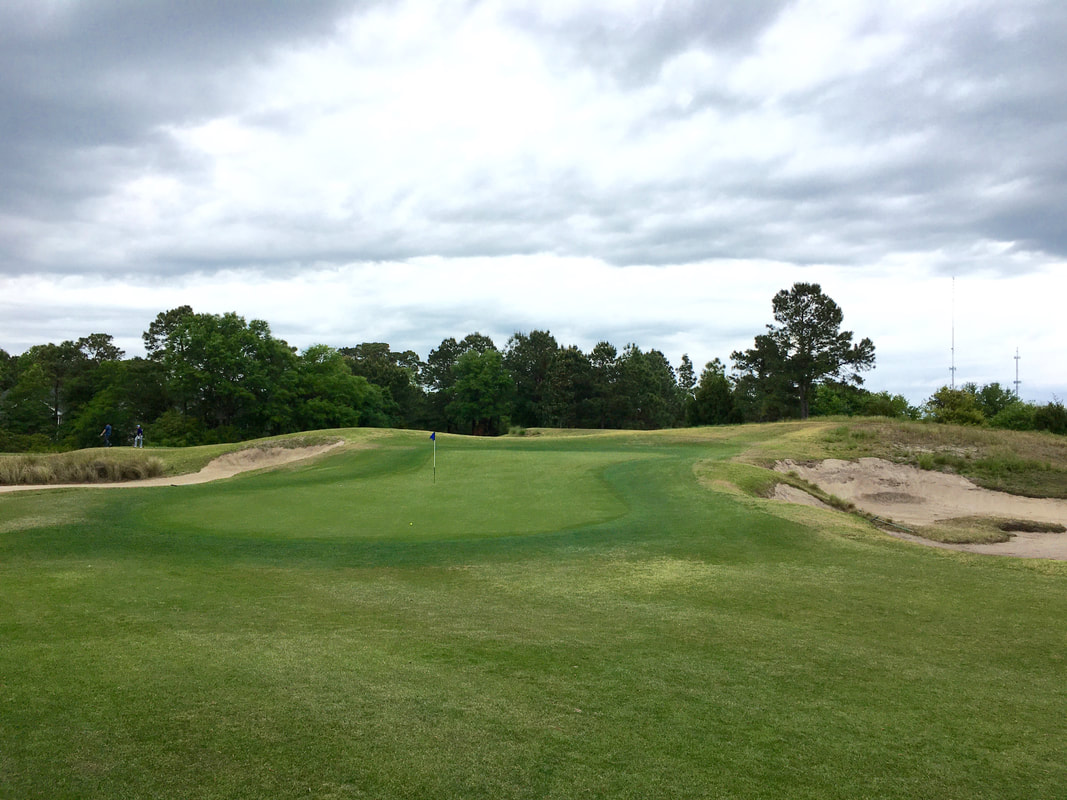
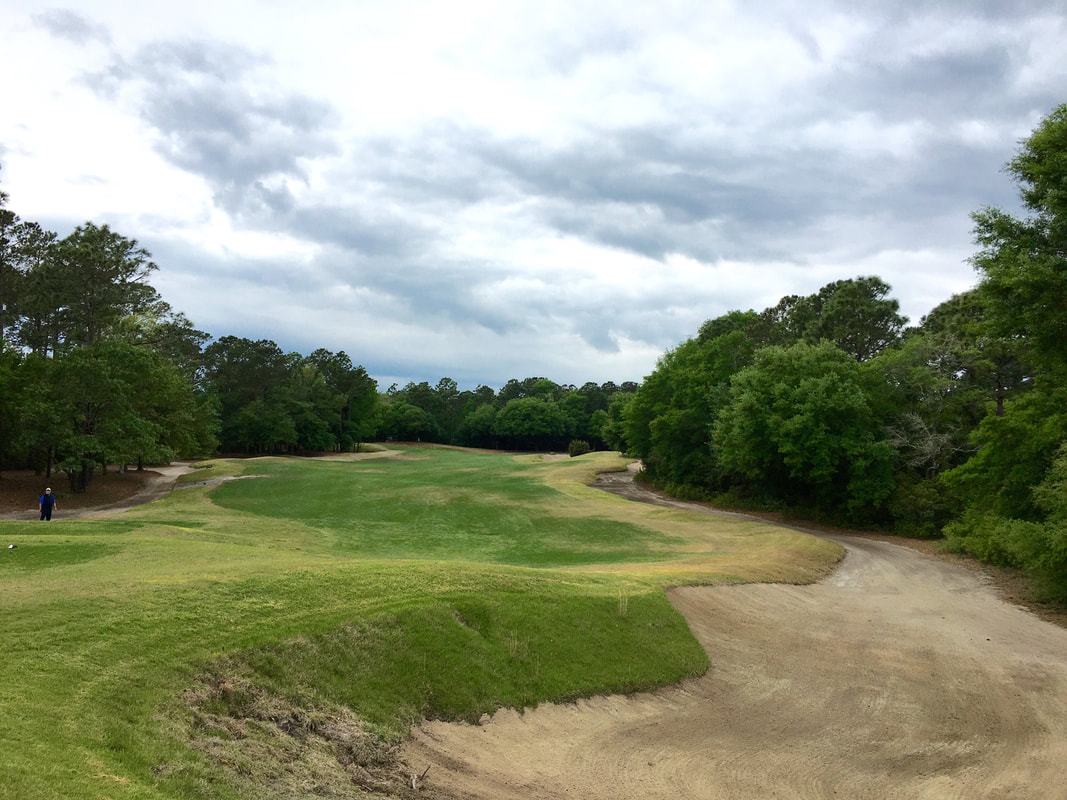
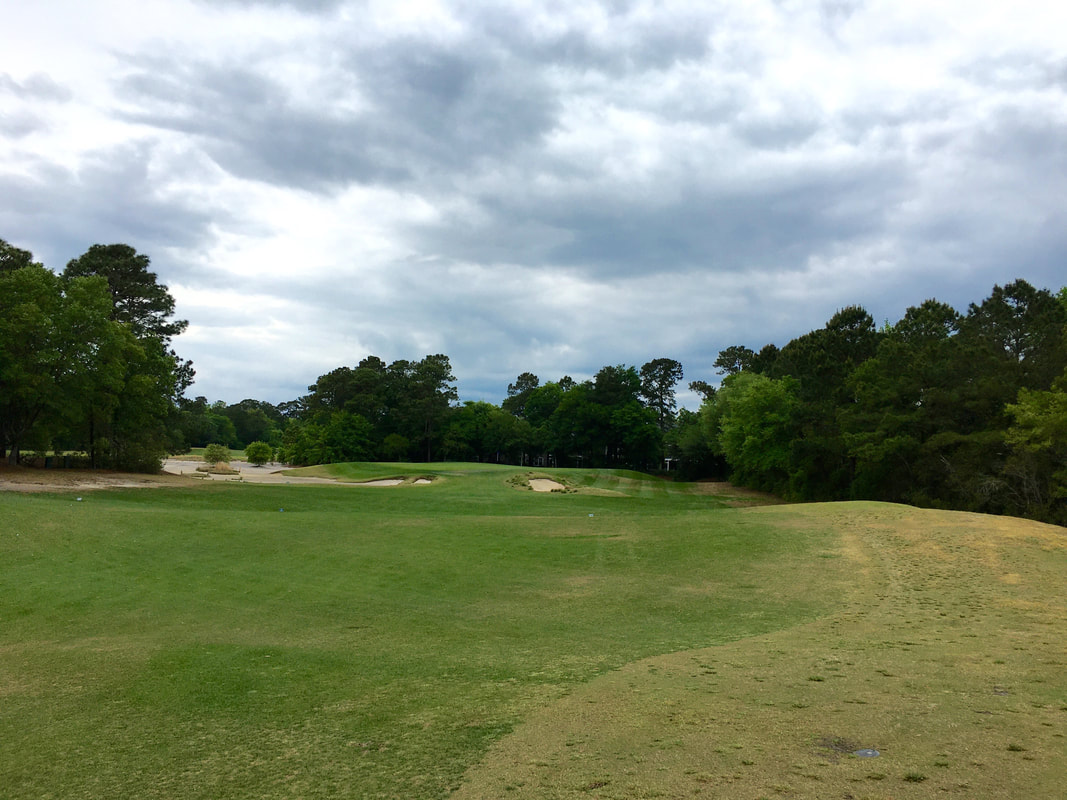
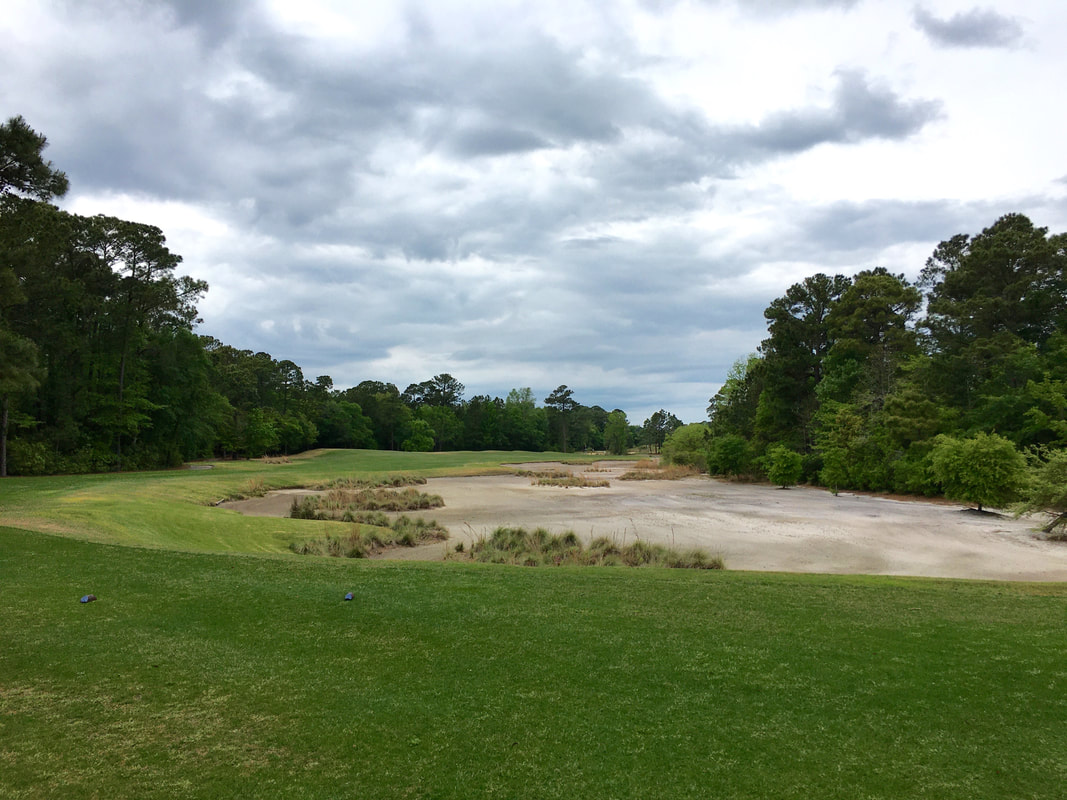
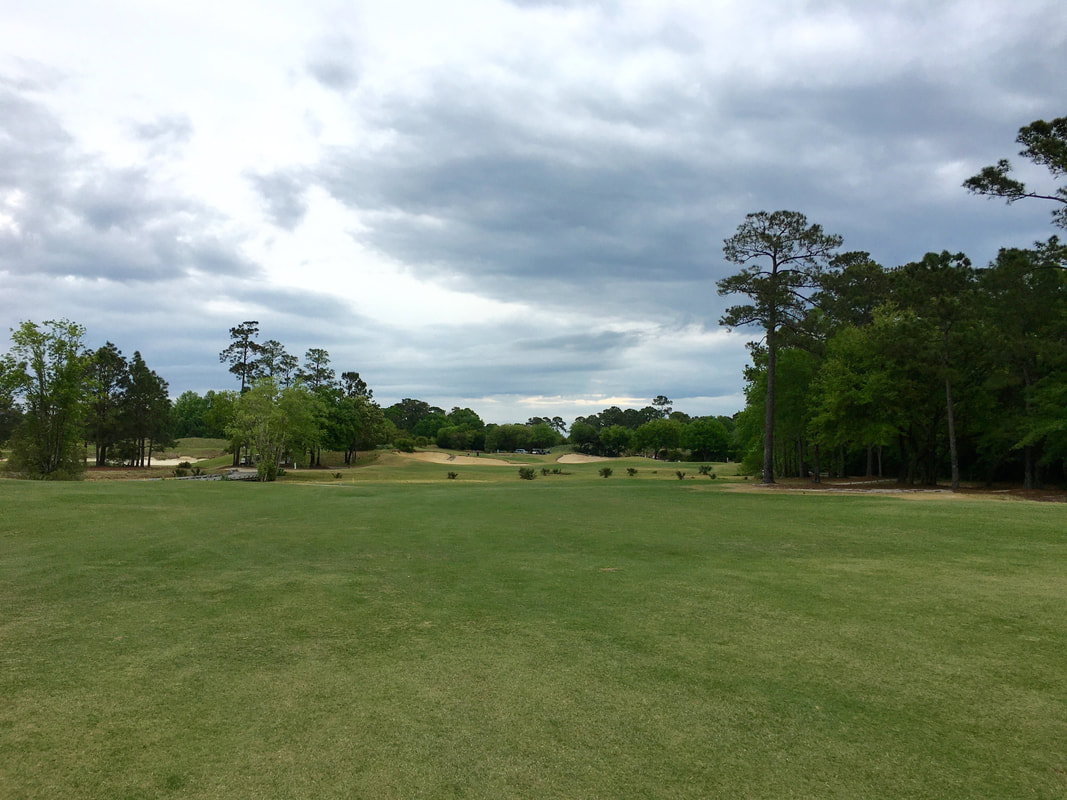
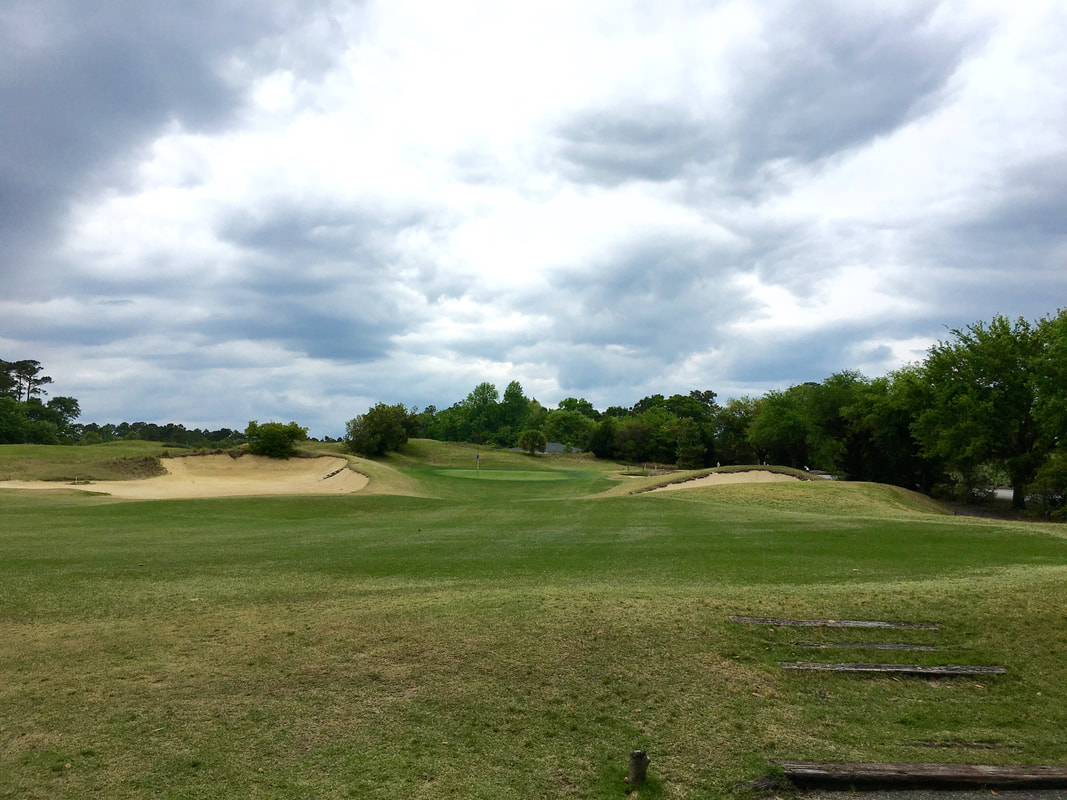
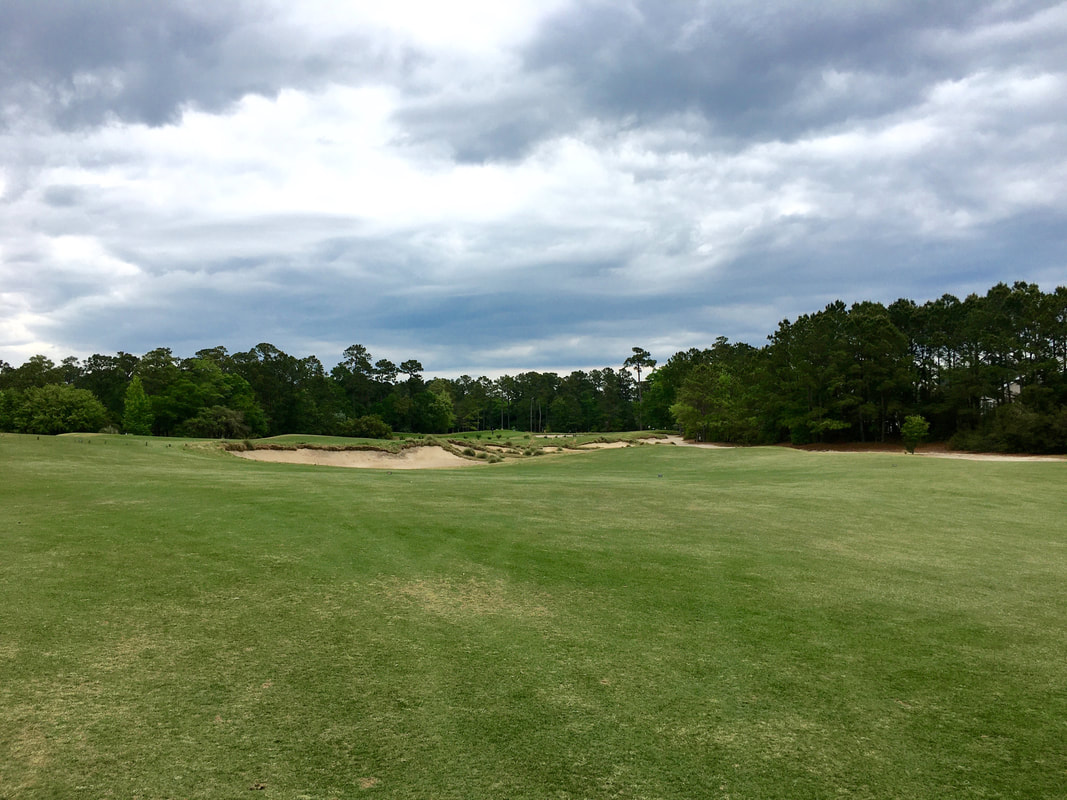
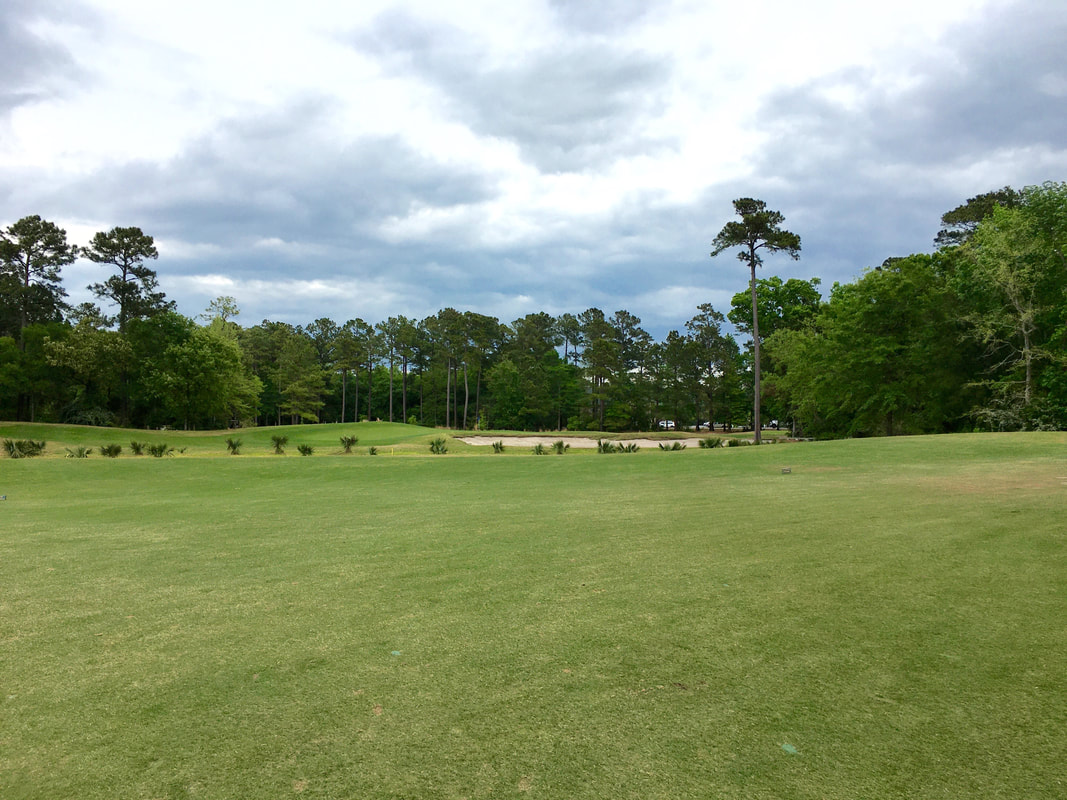
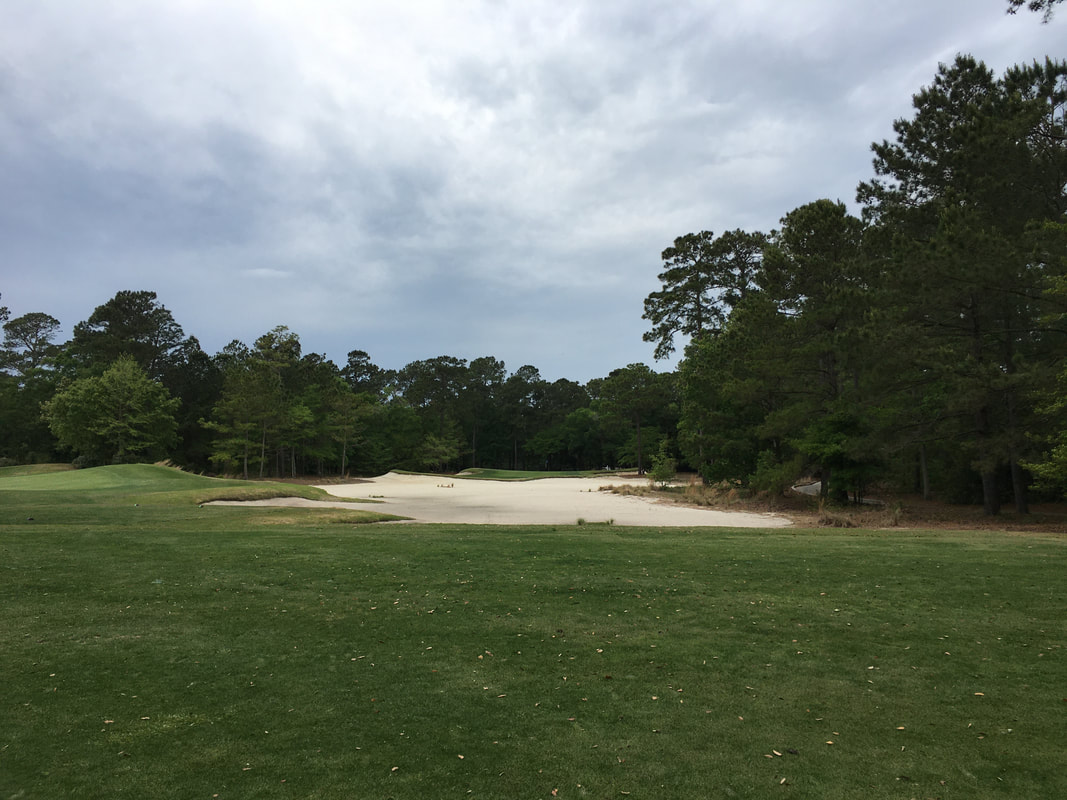
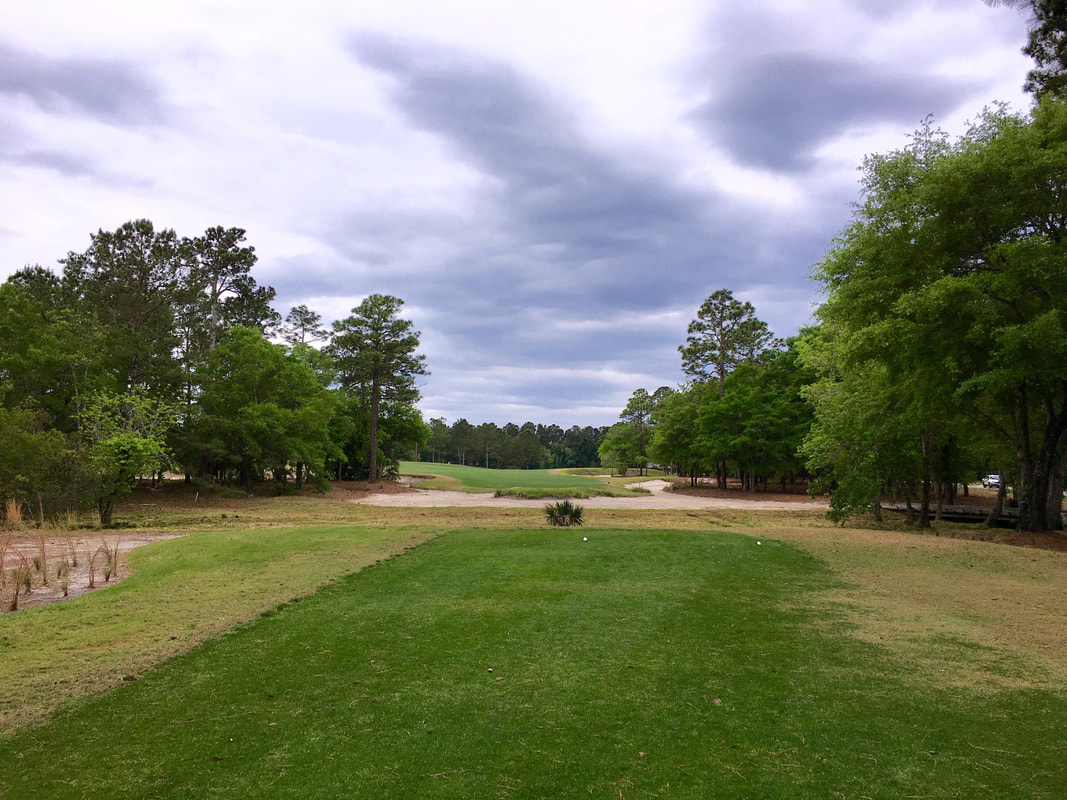
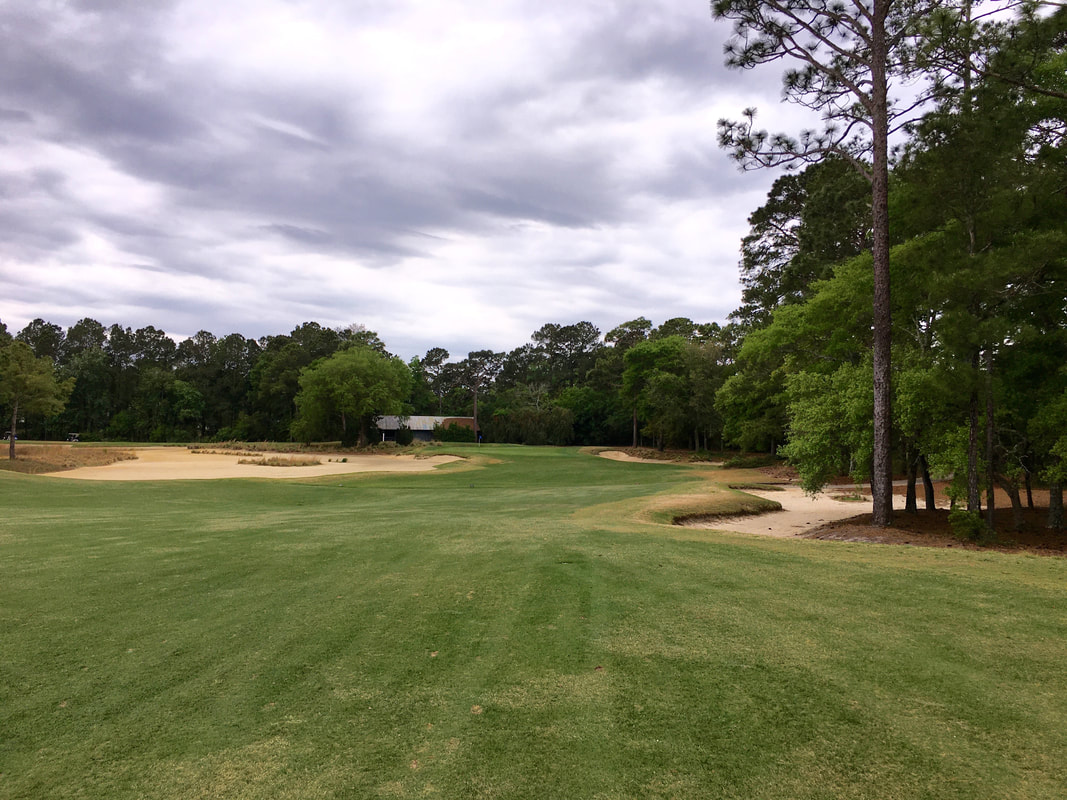
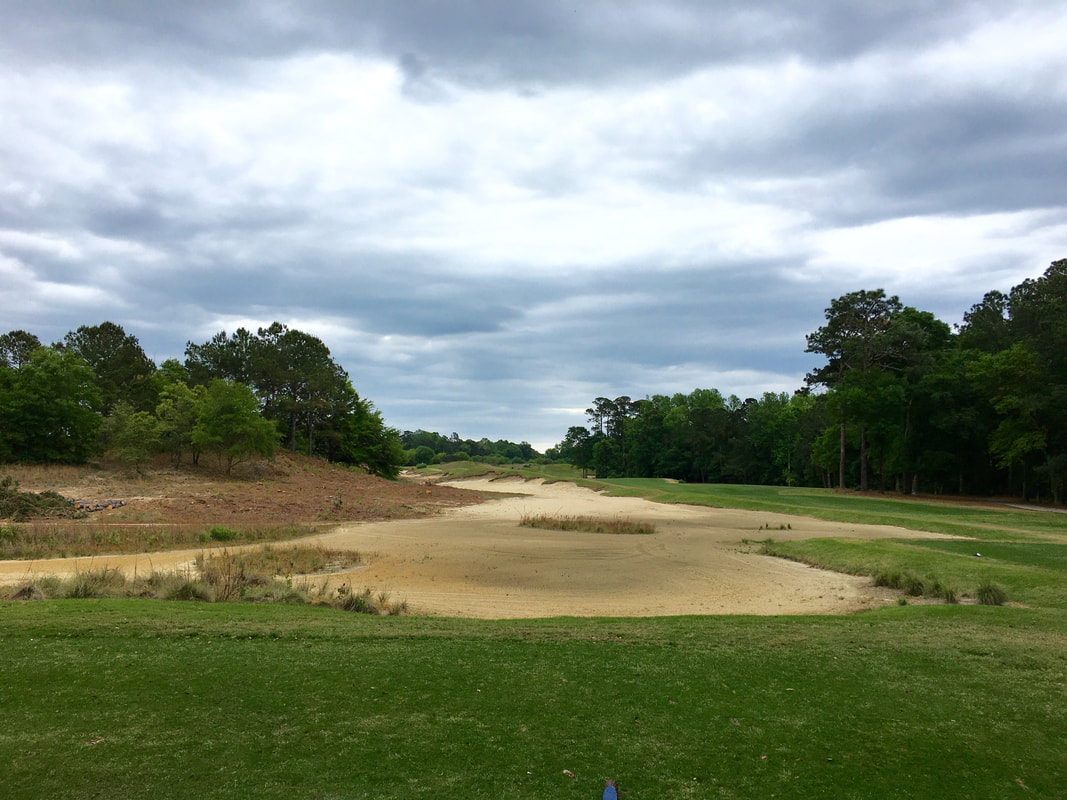
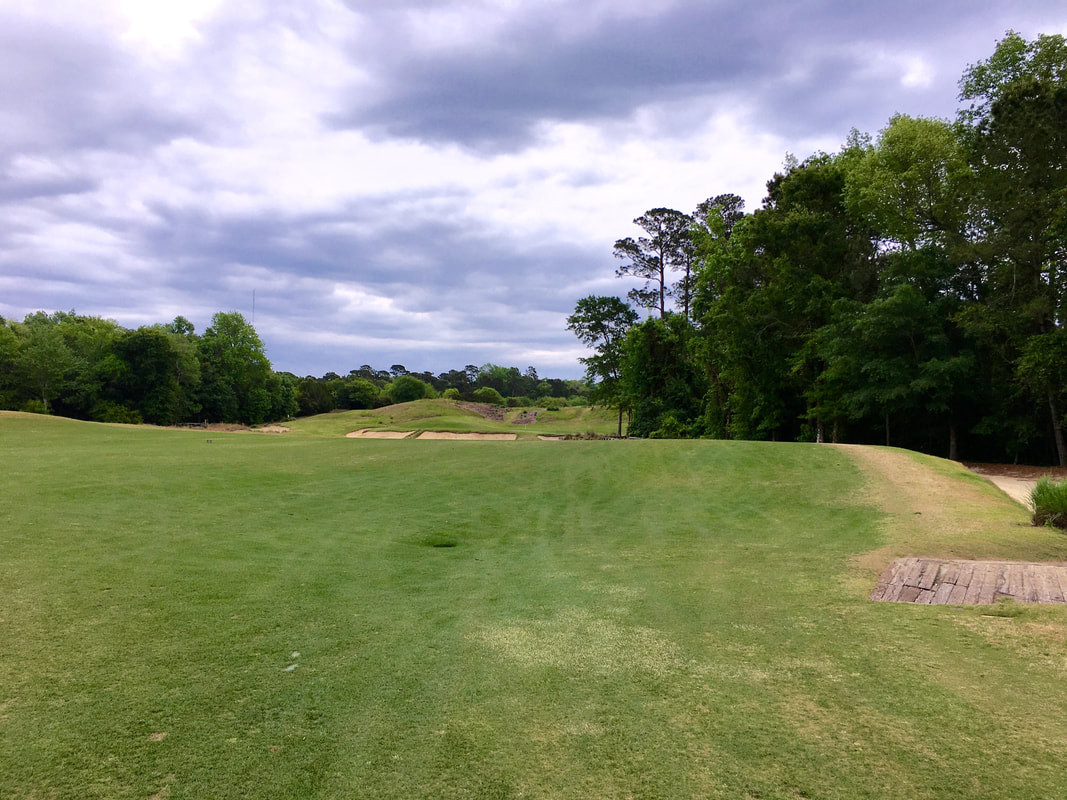
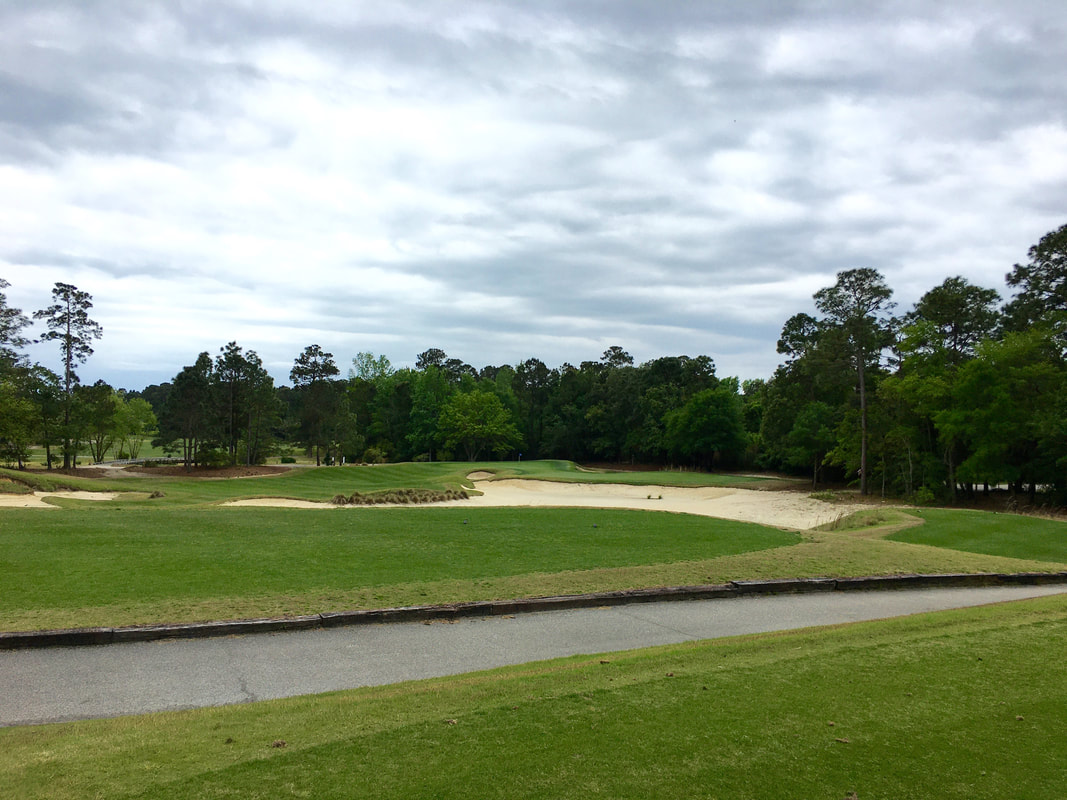
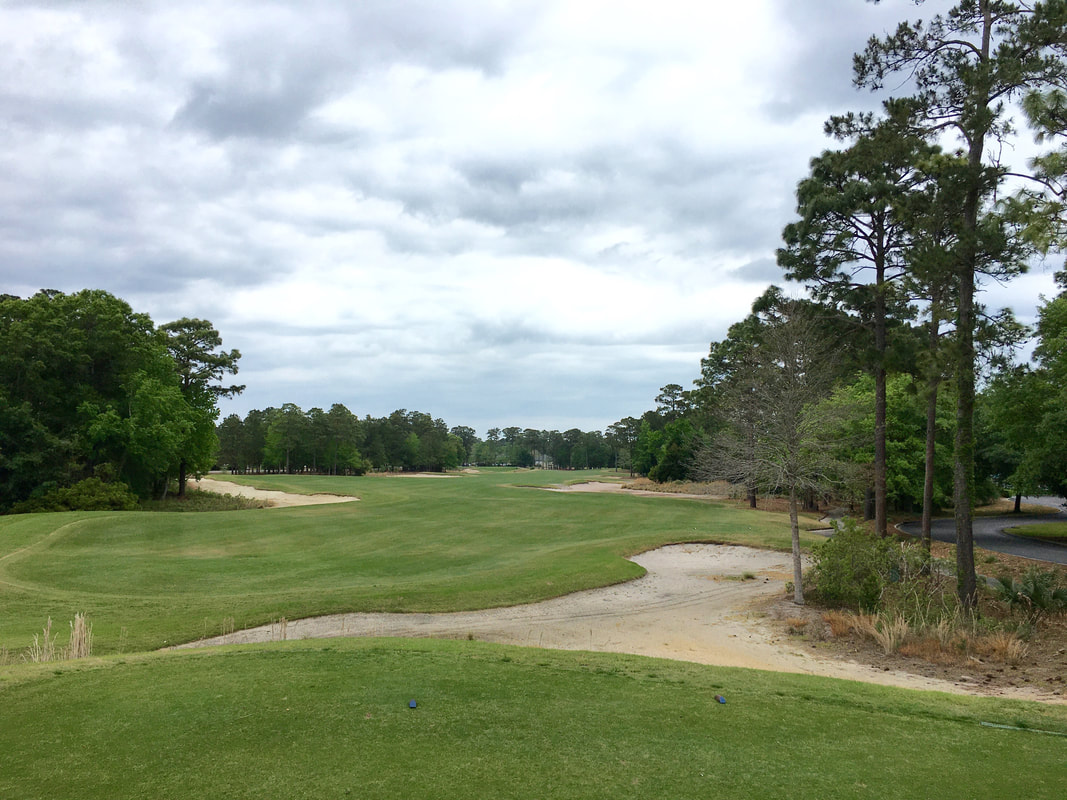
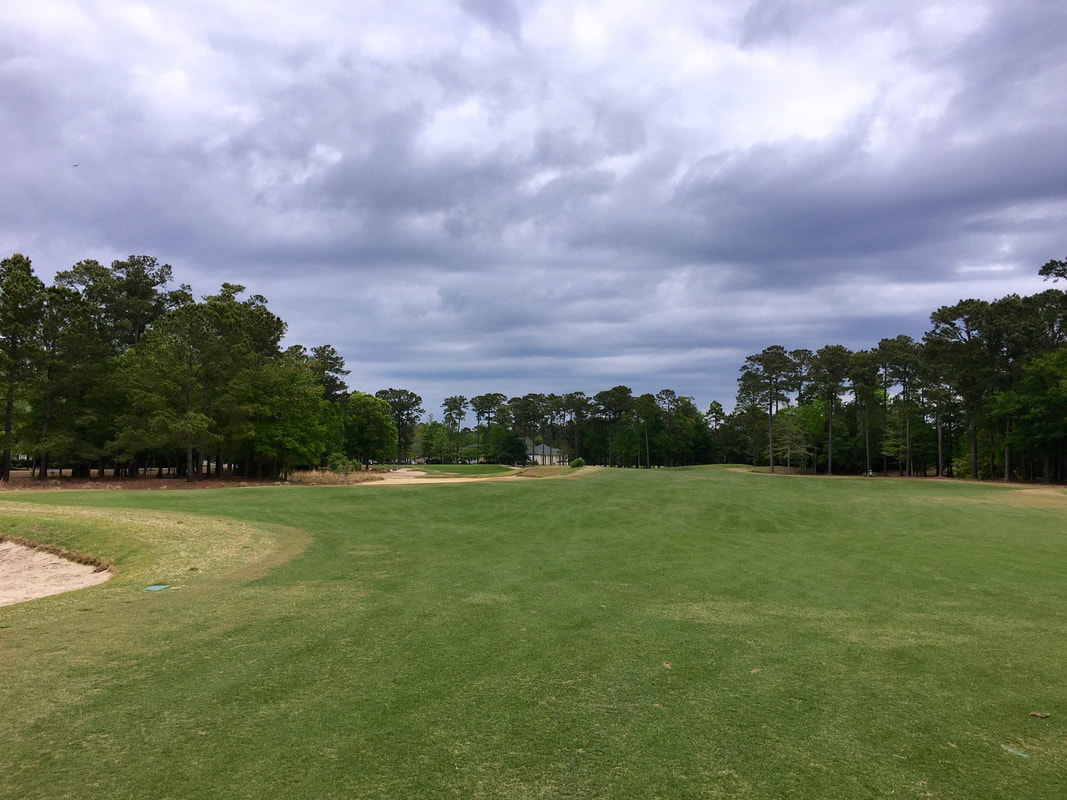
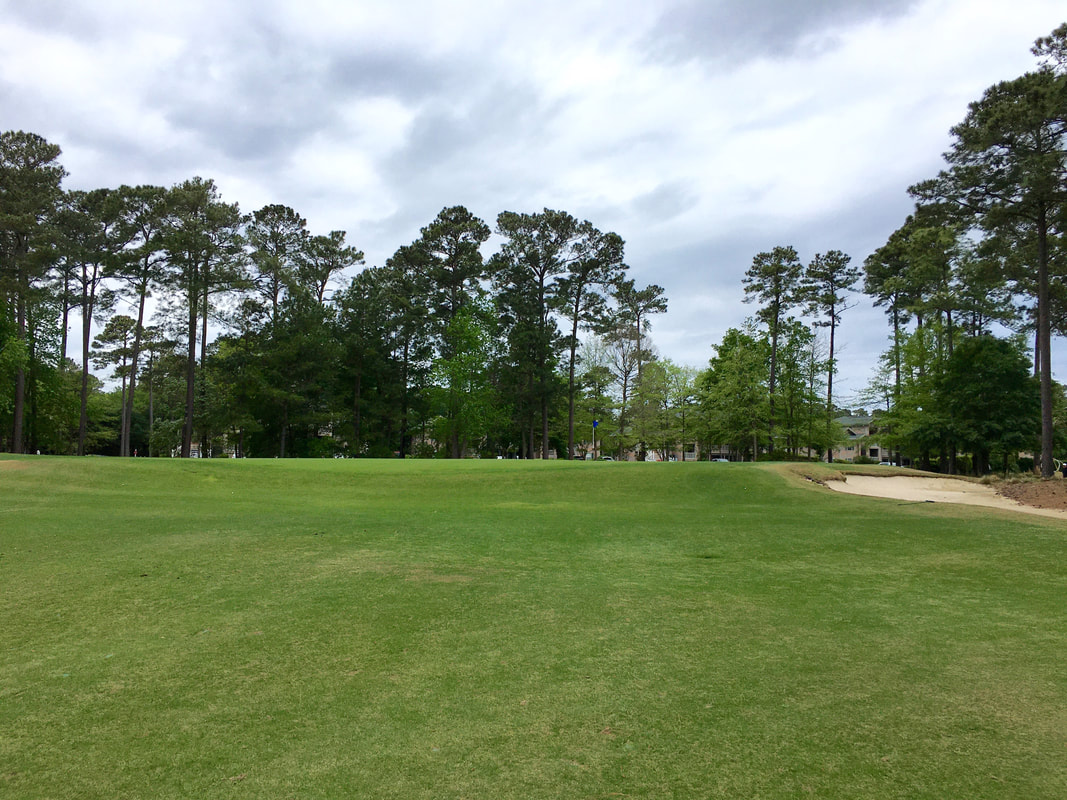
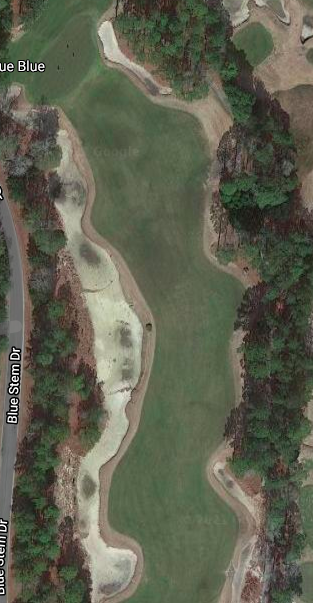
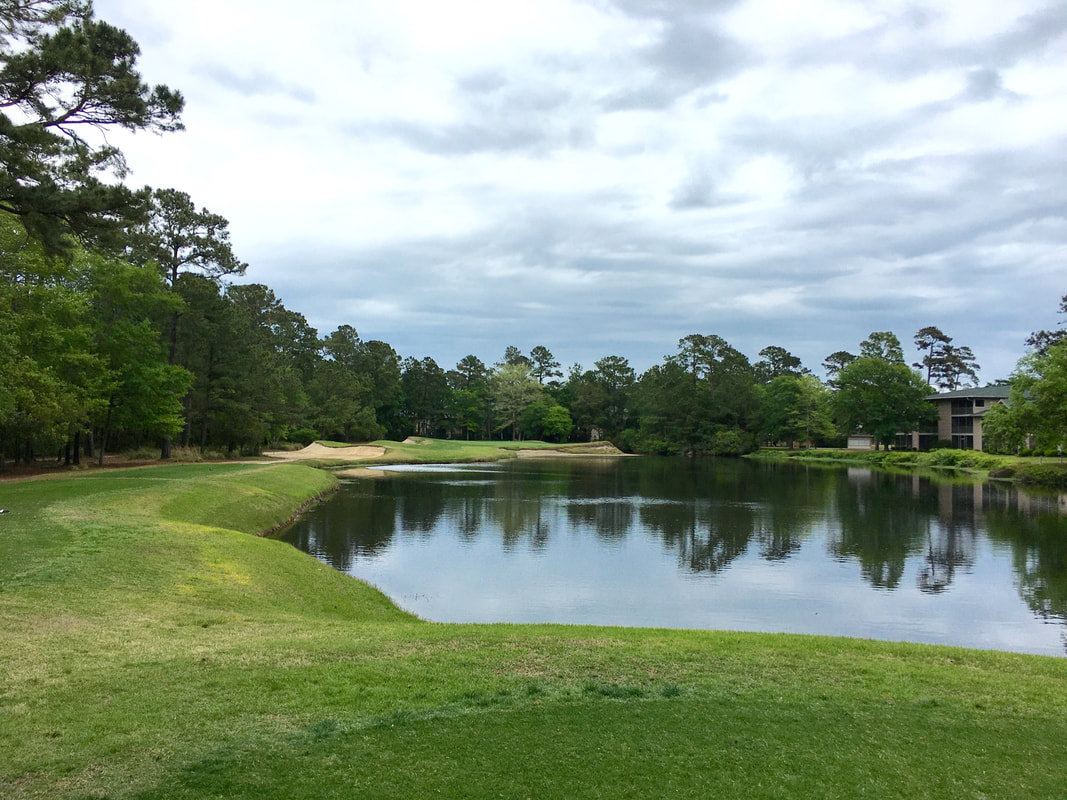
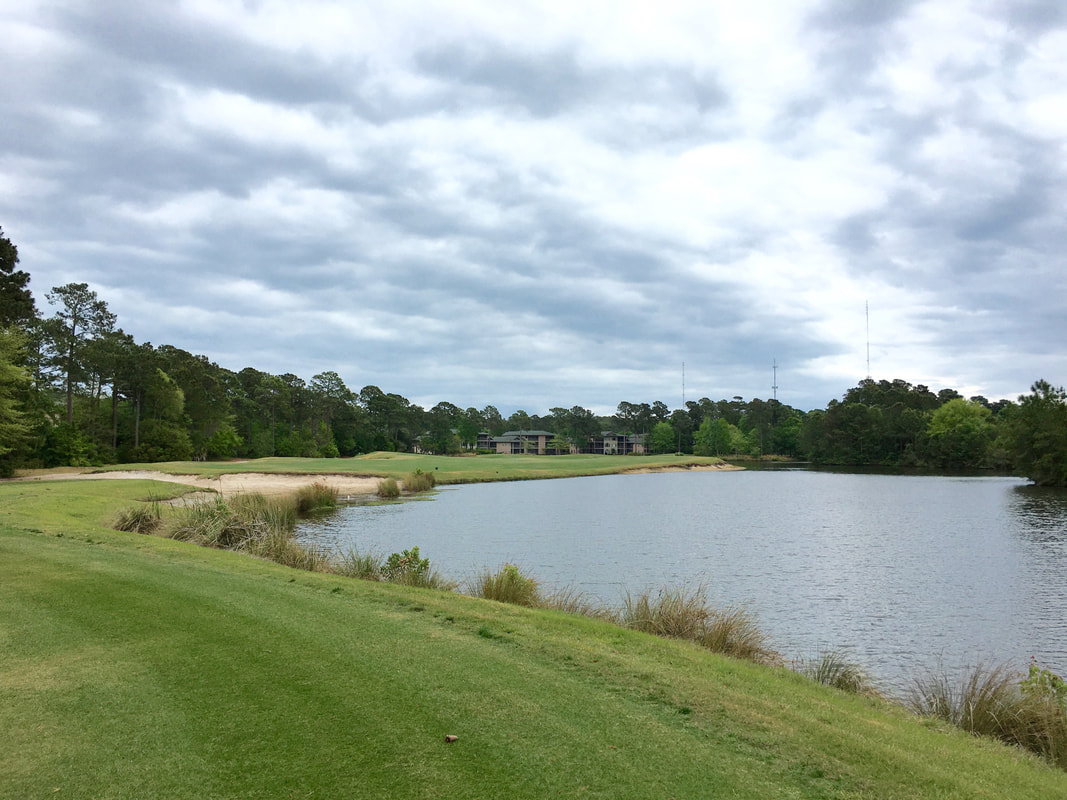
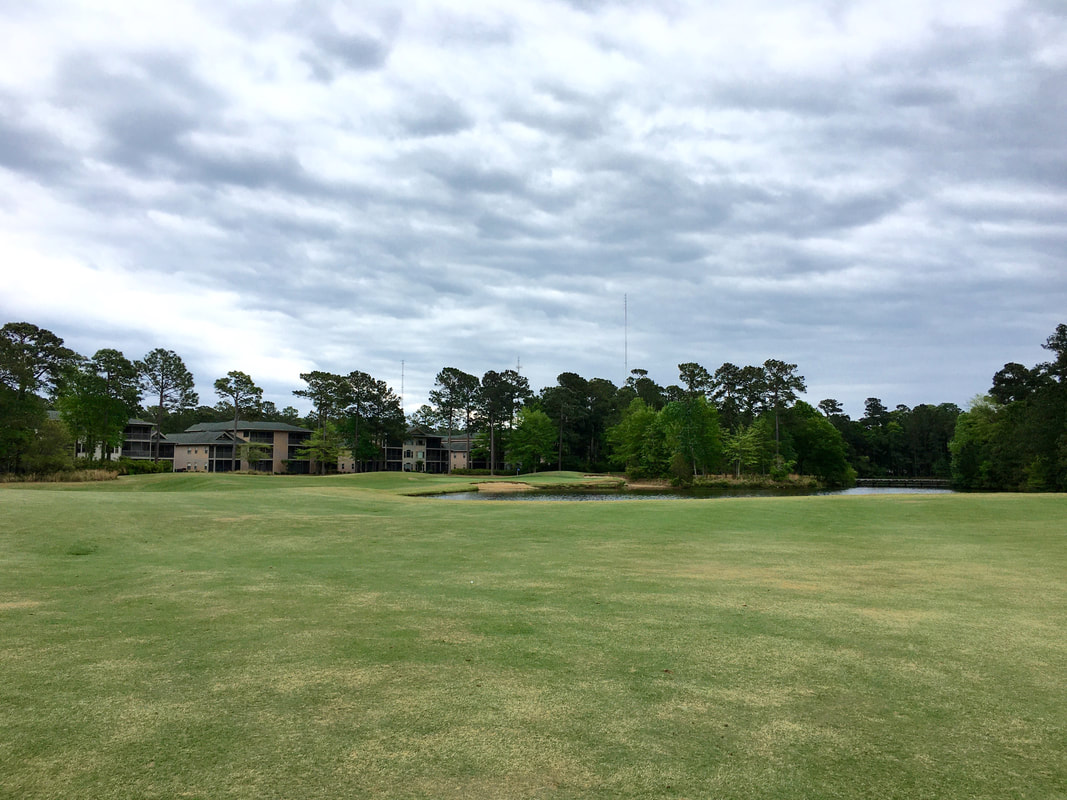
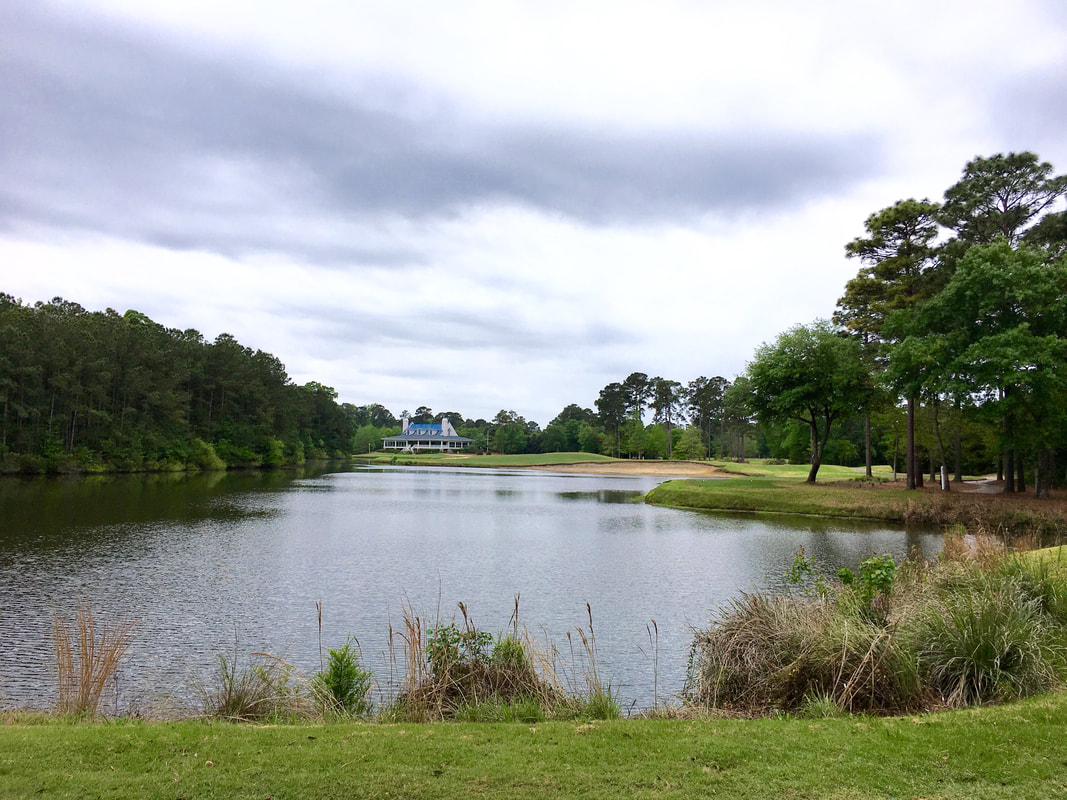
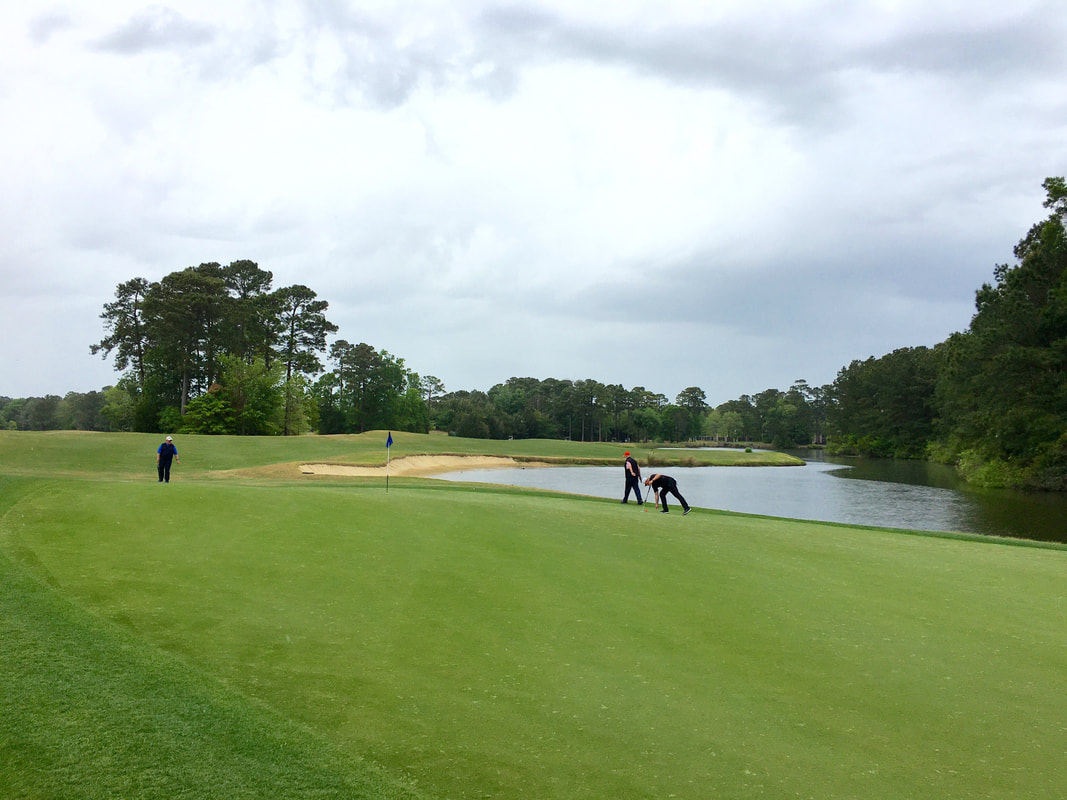
 RSS Feed
RSS Feed